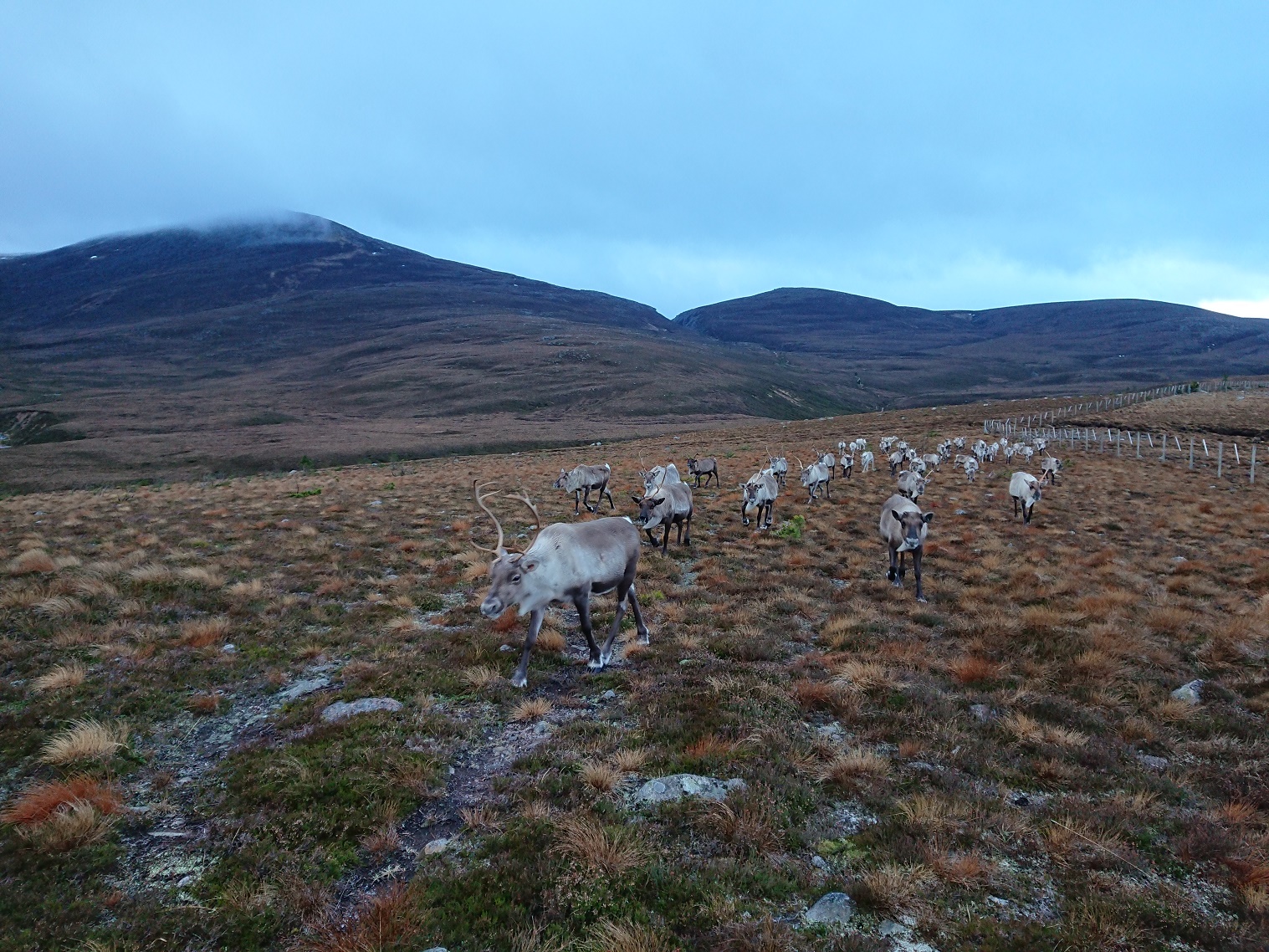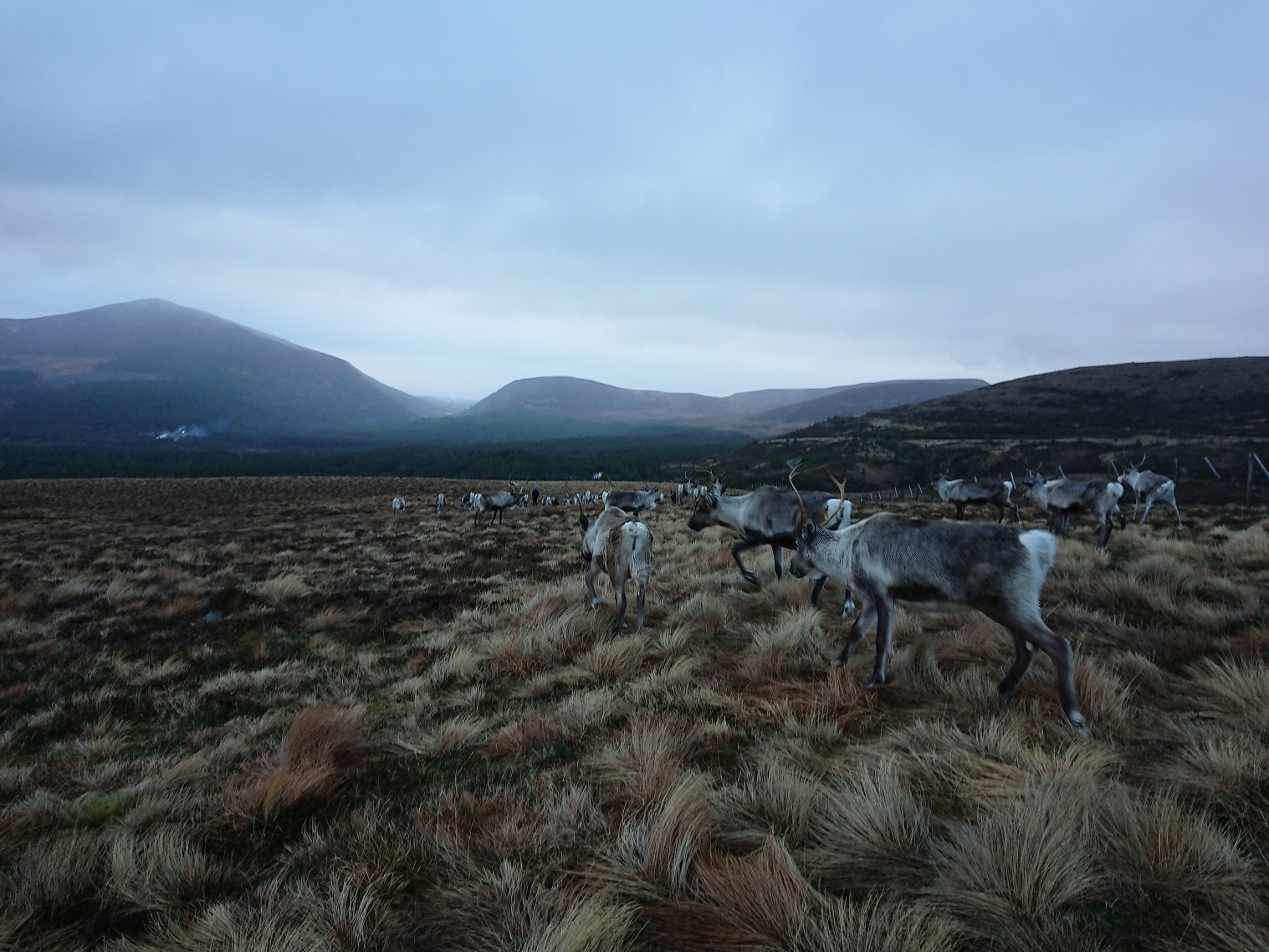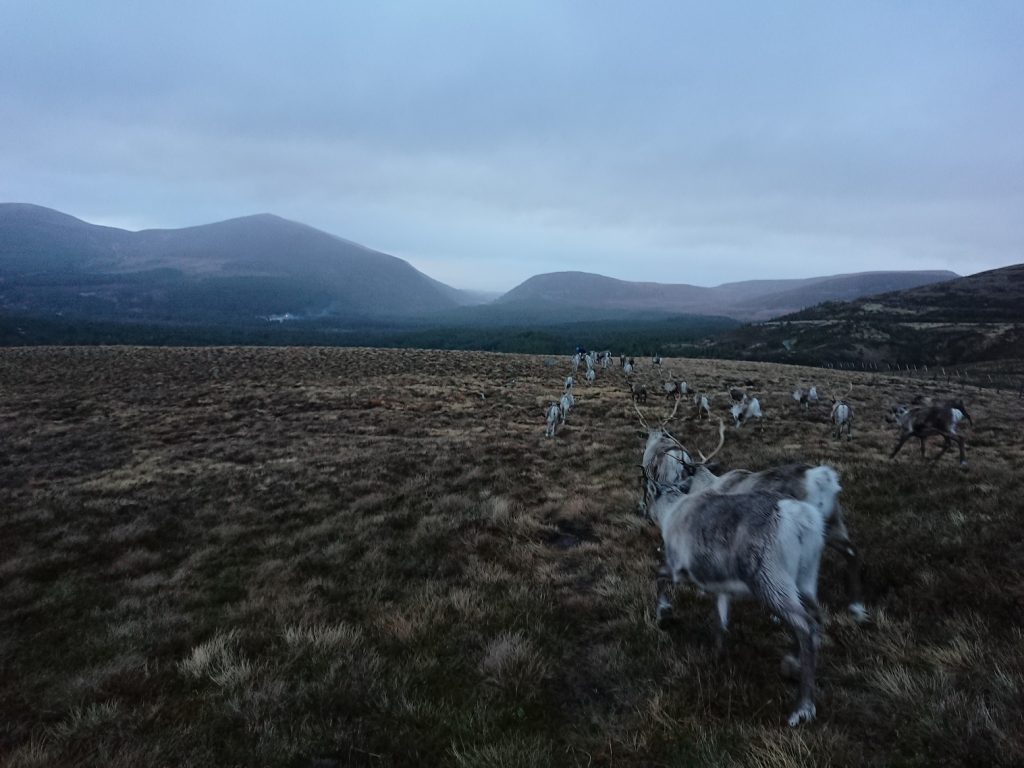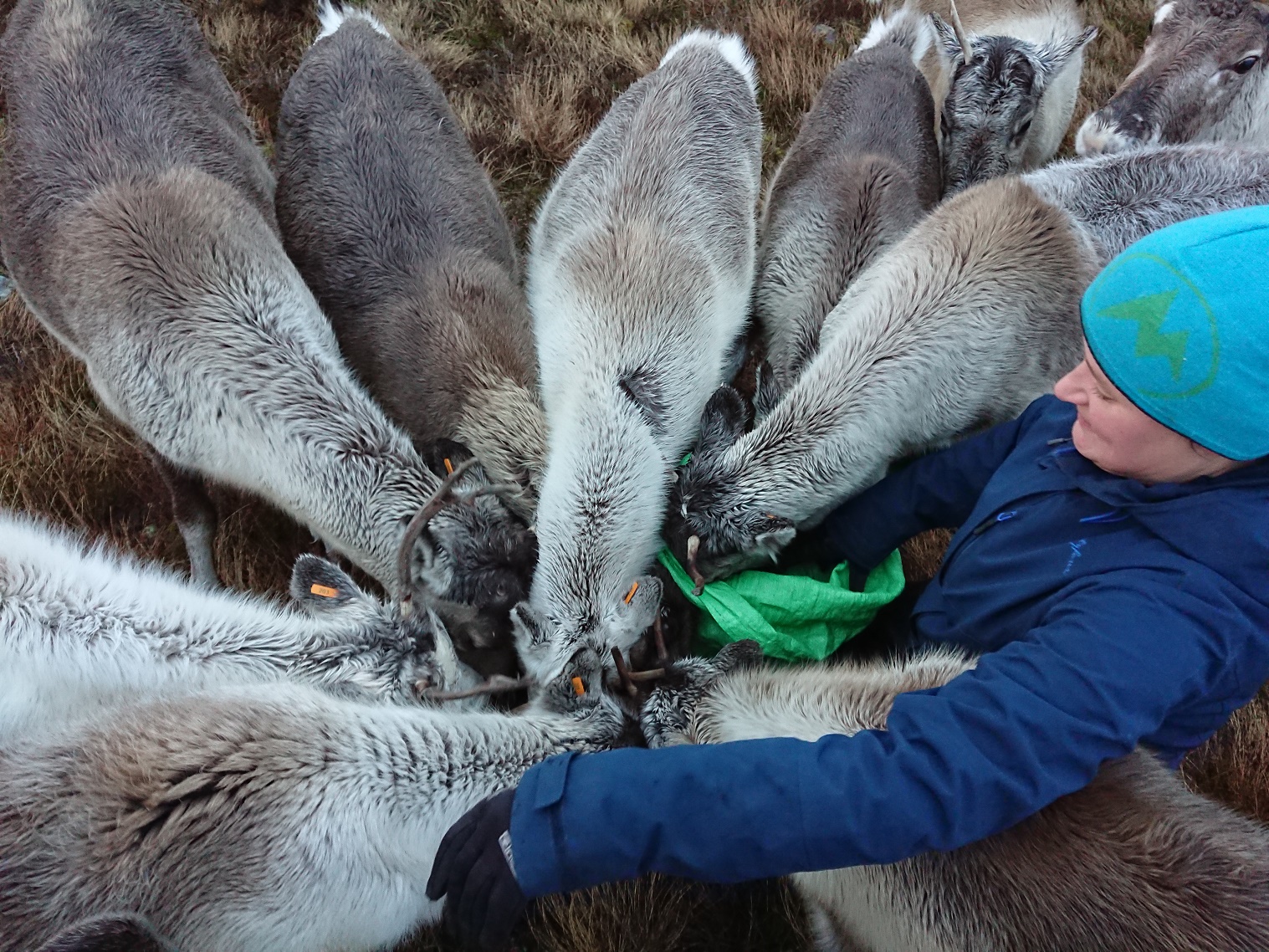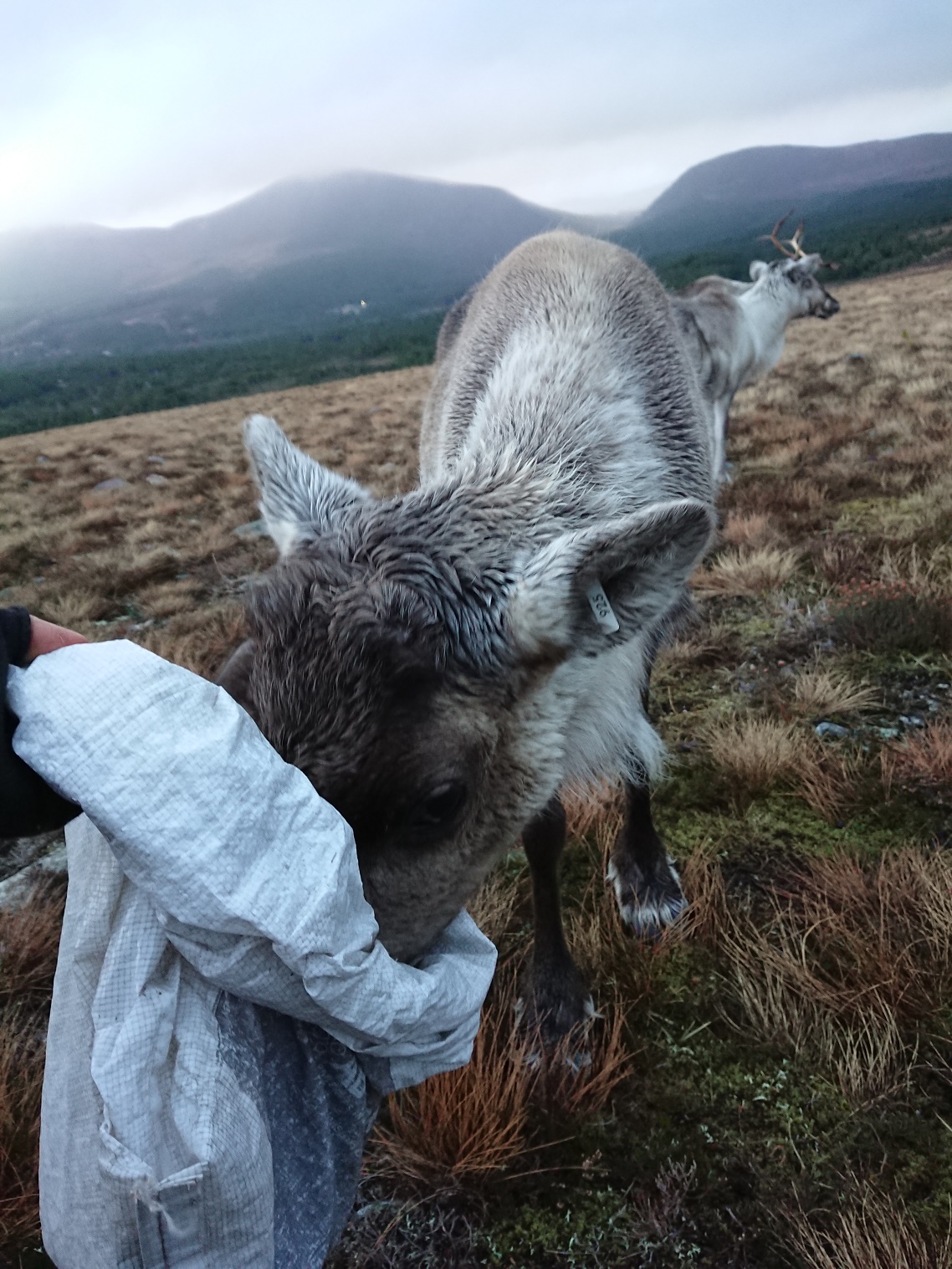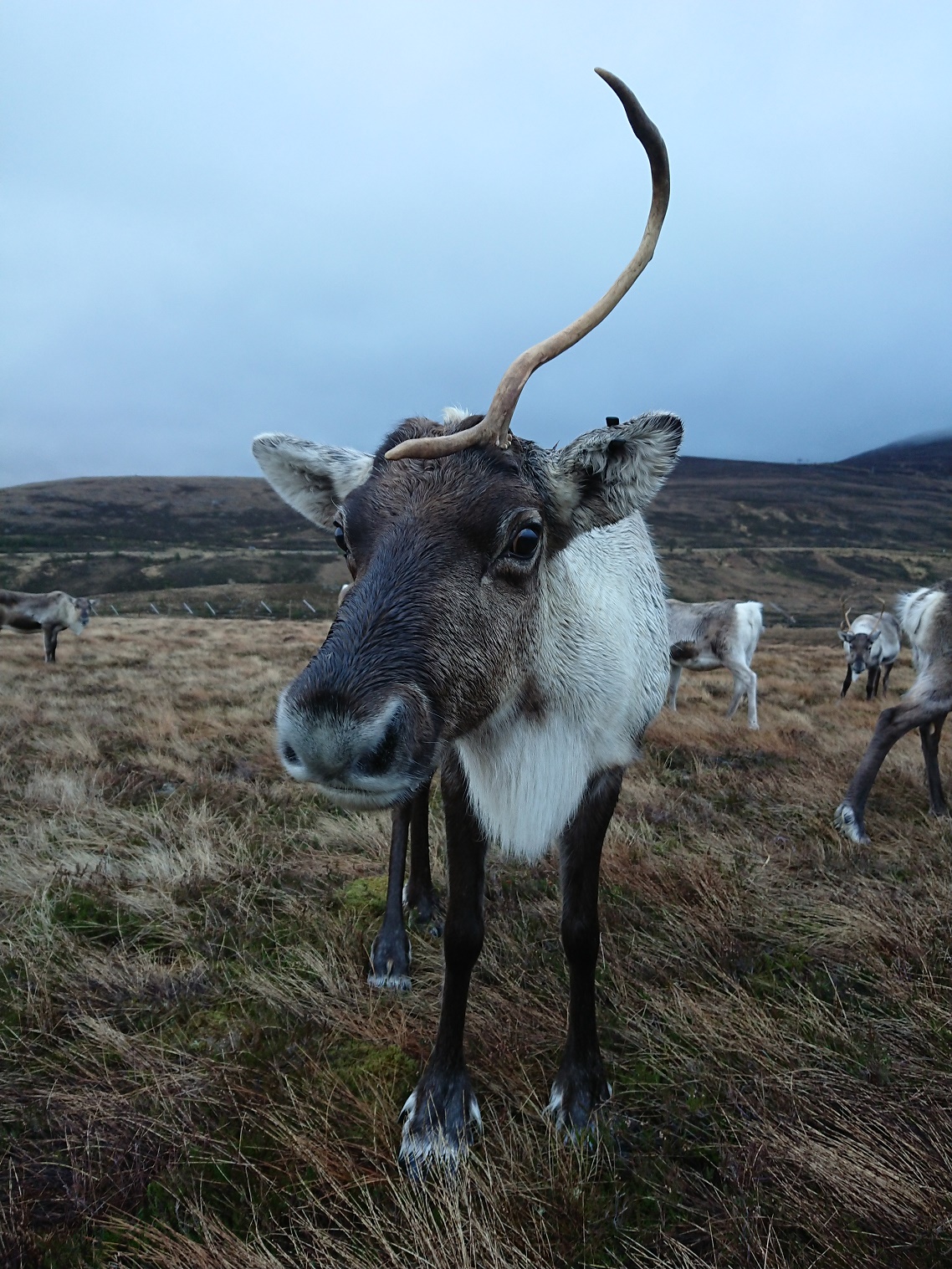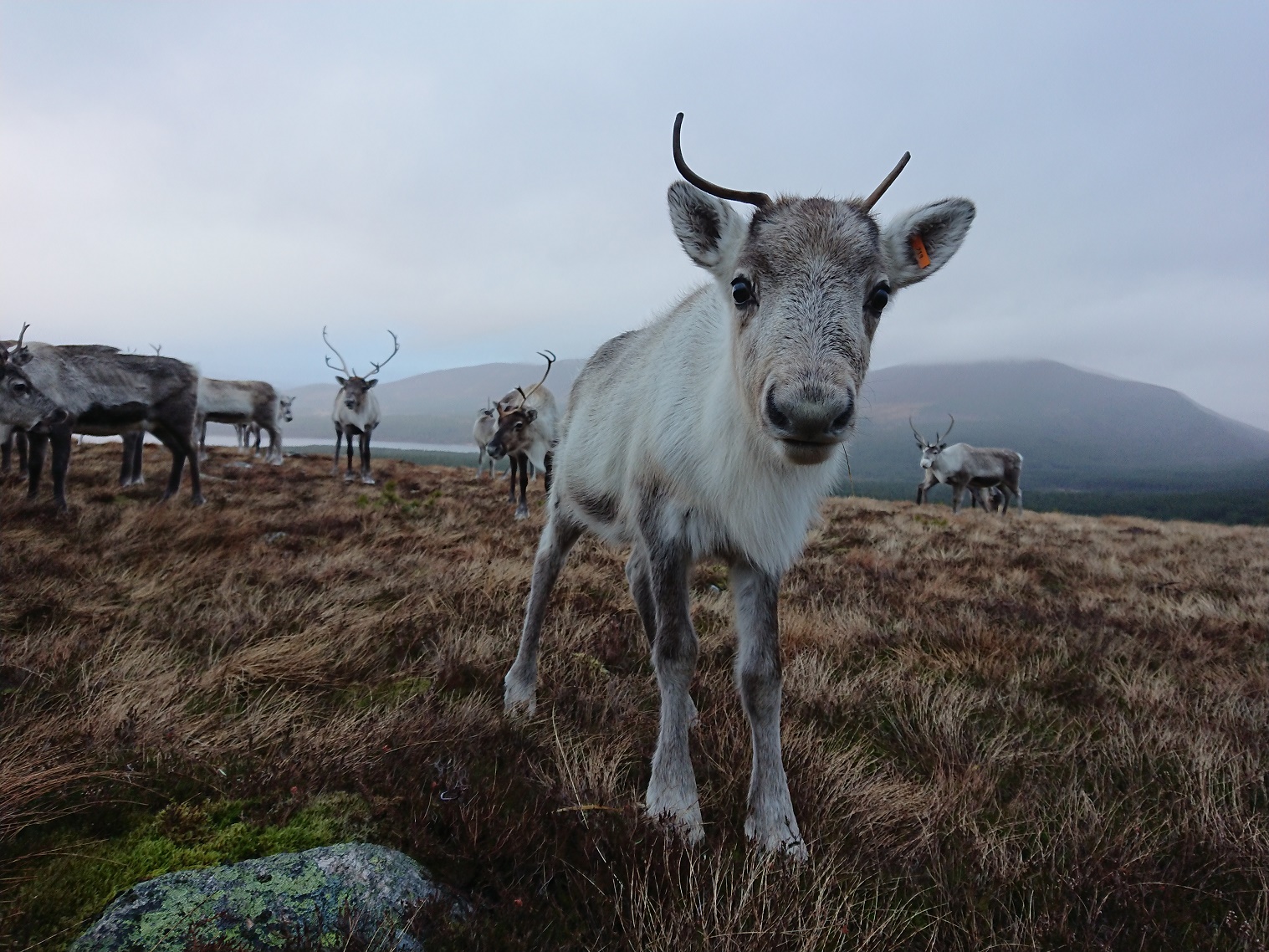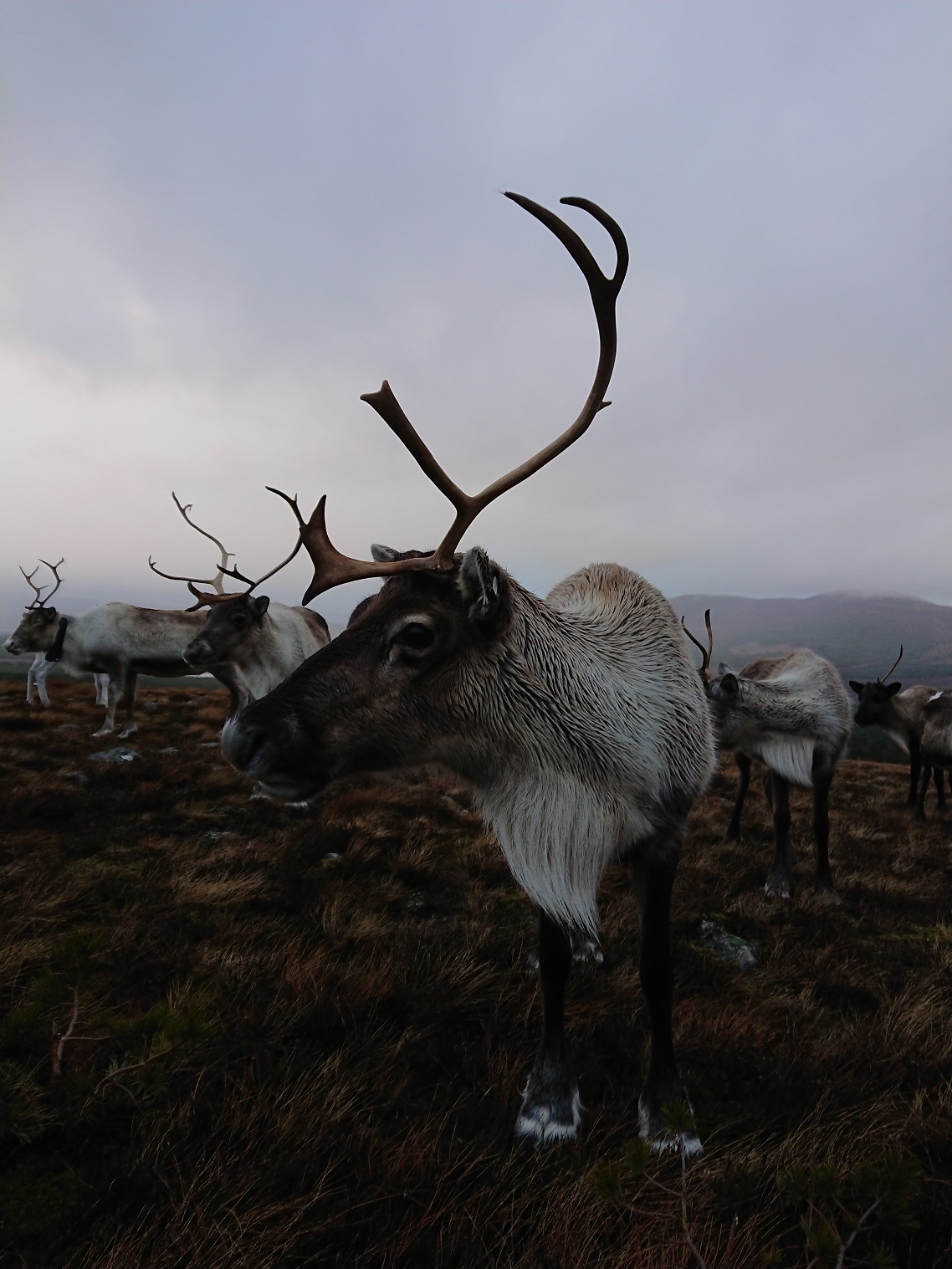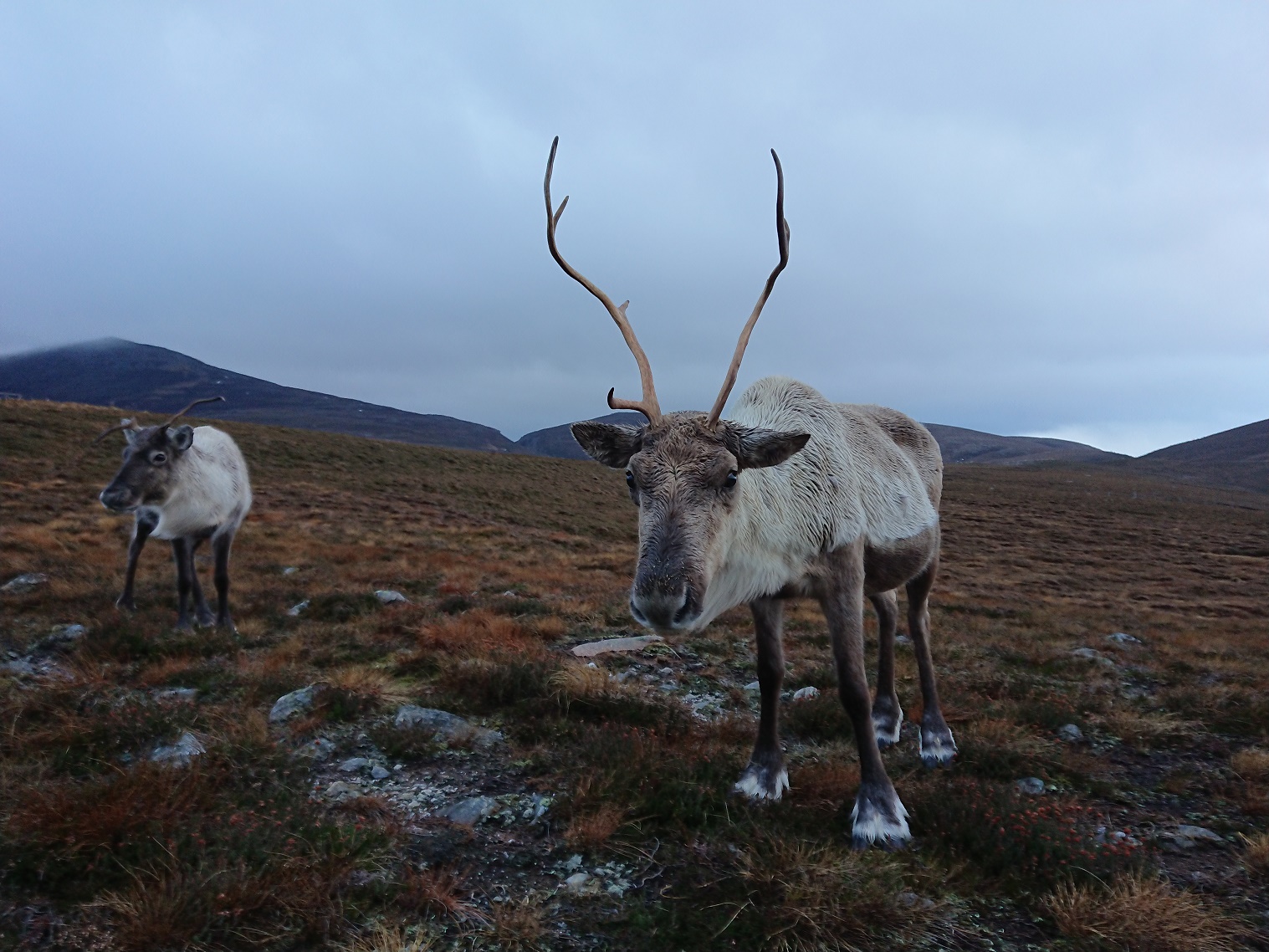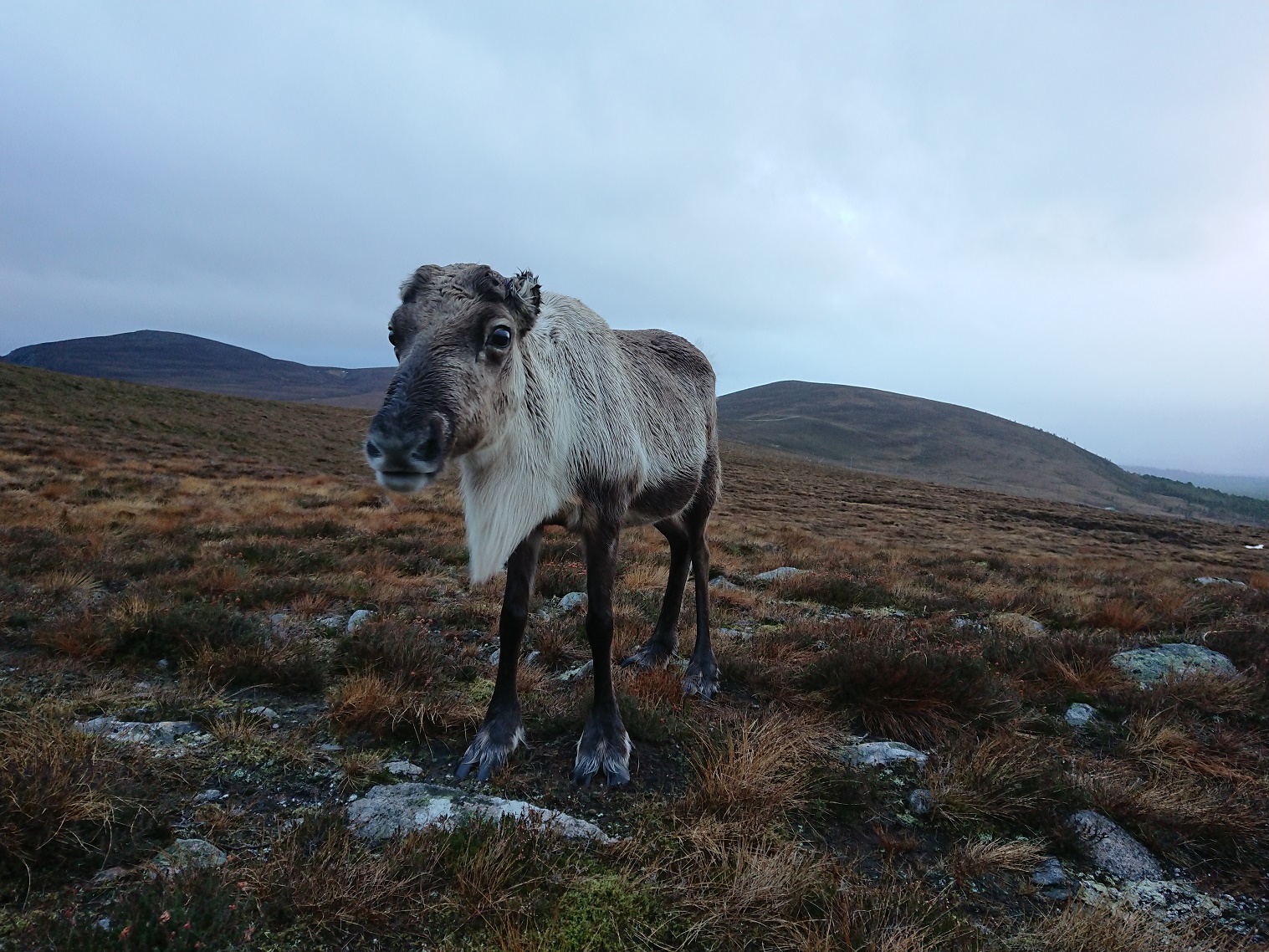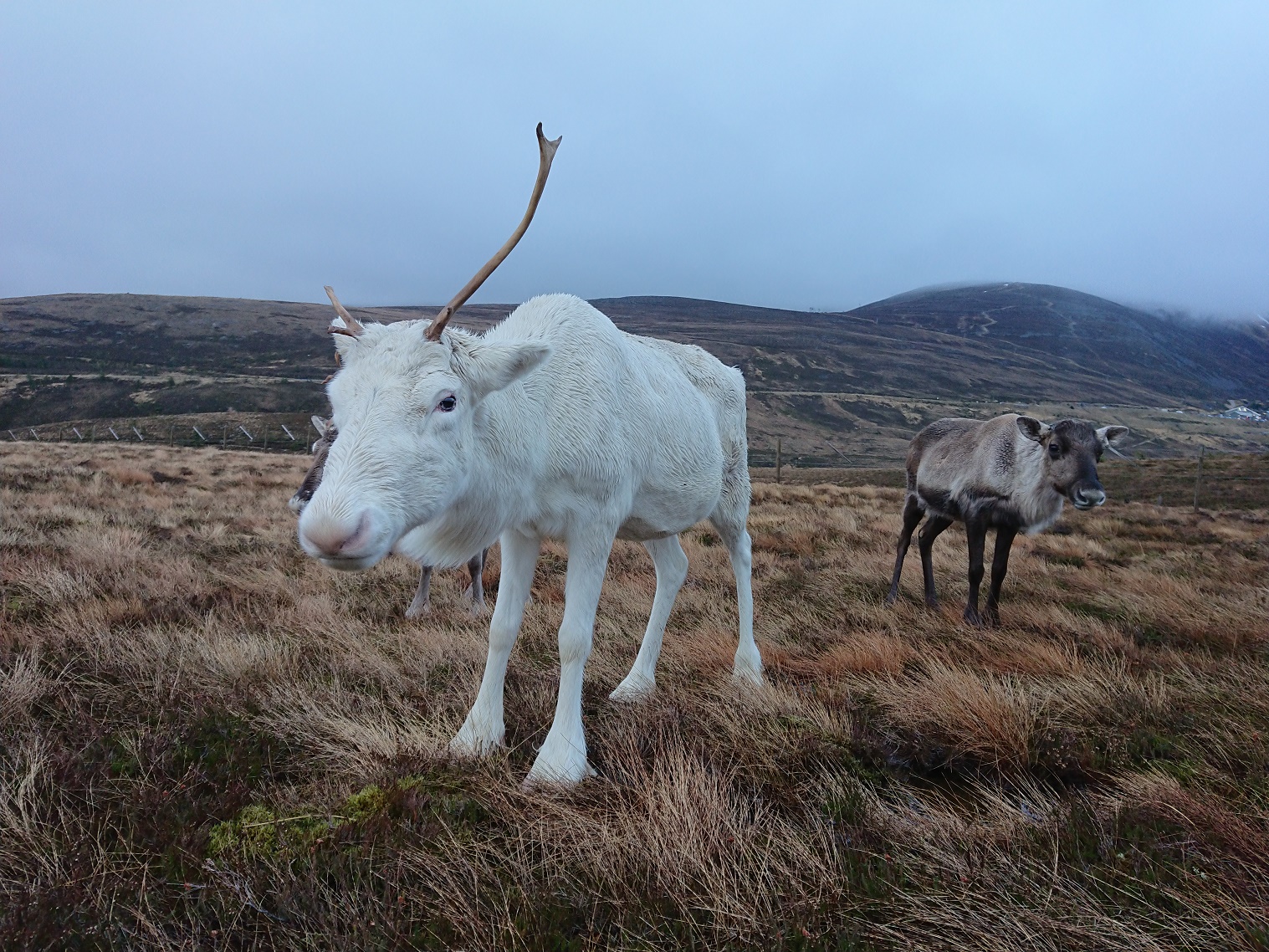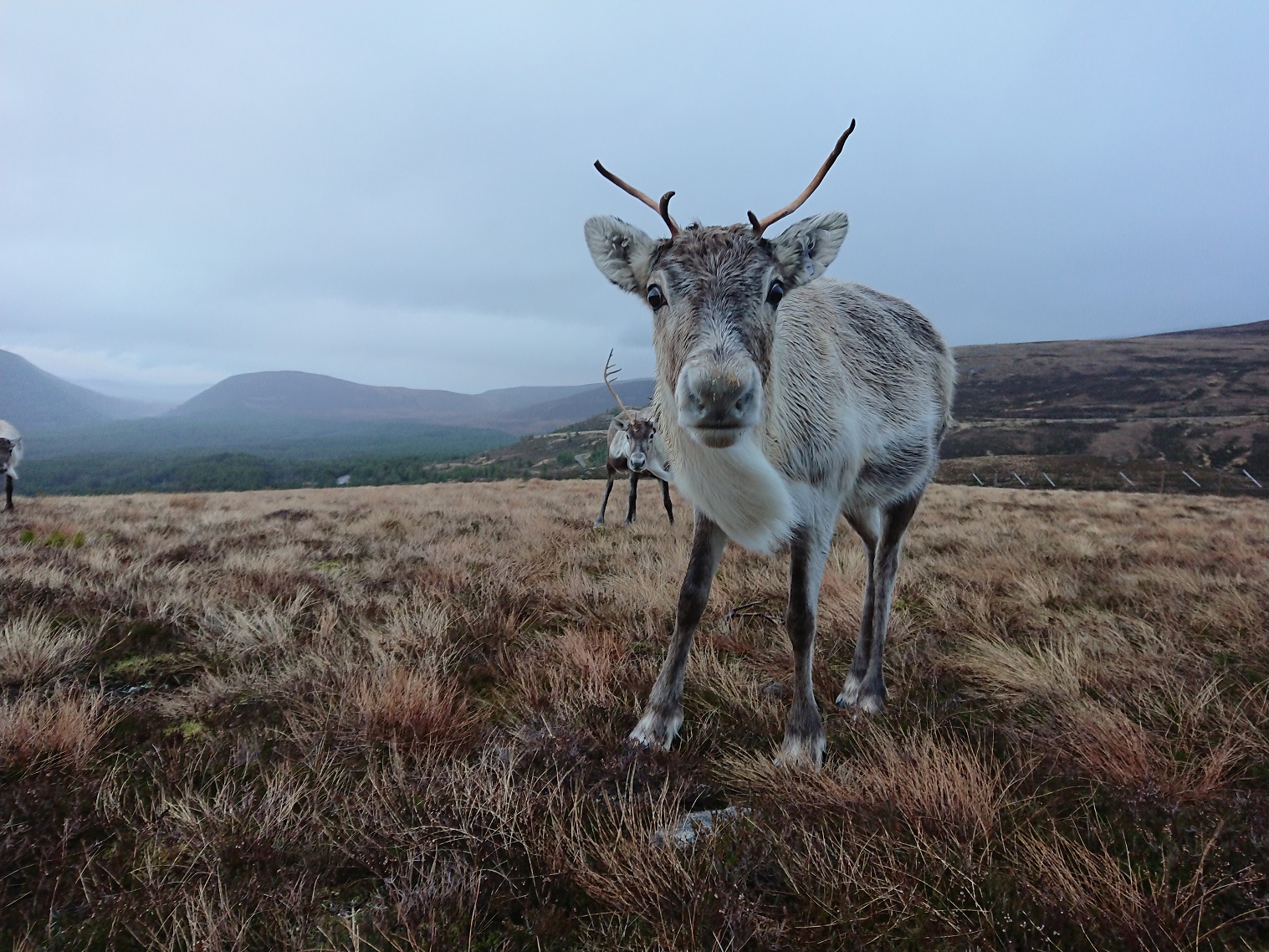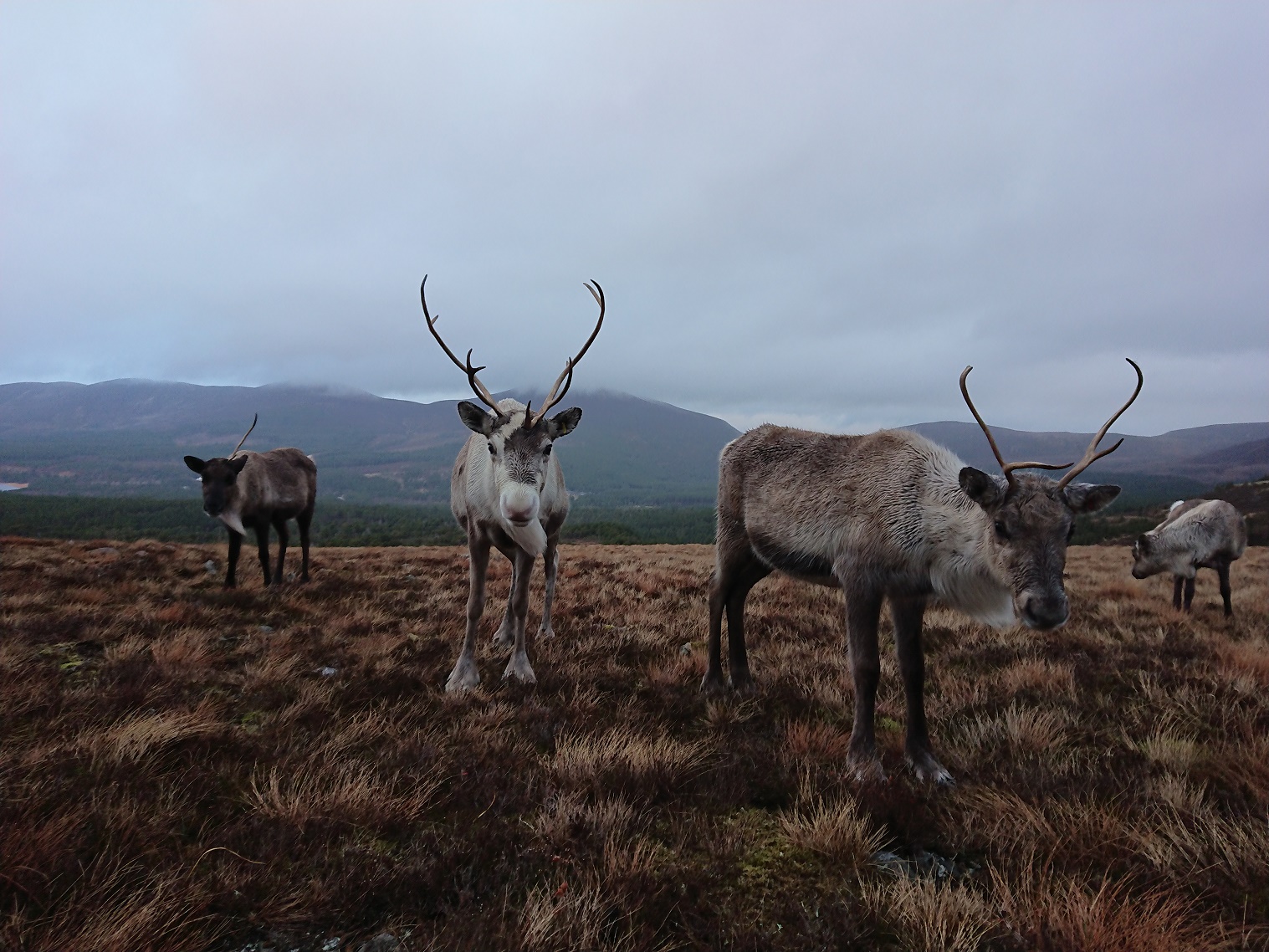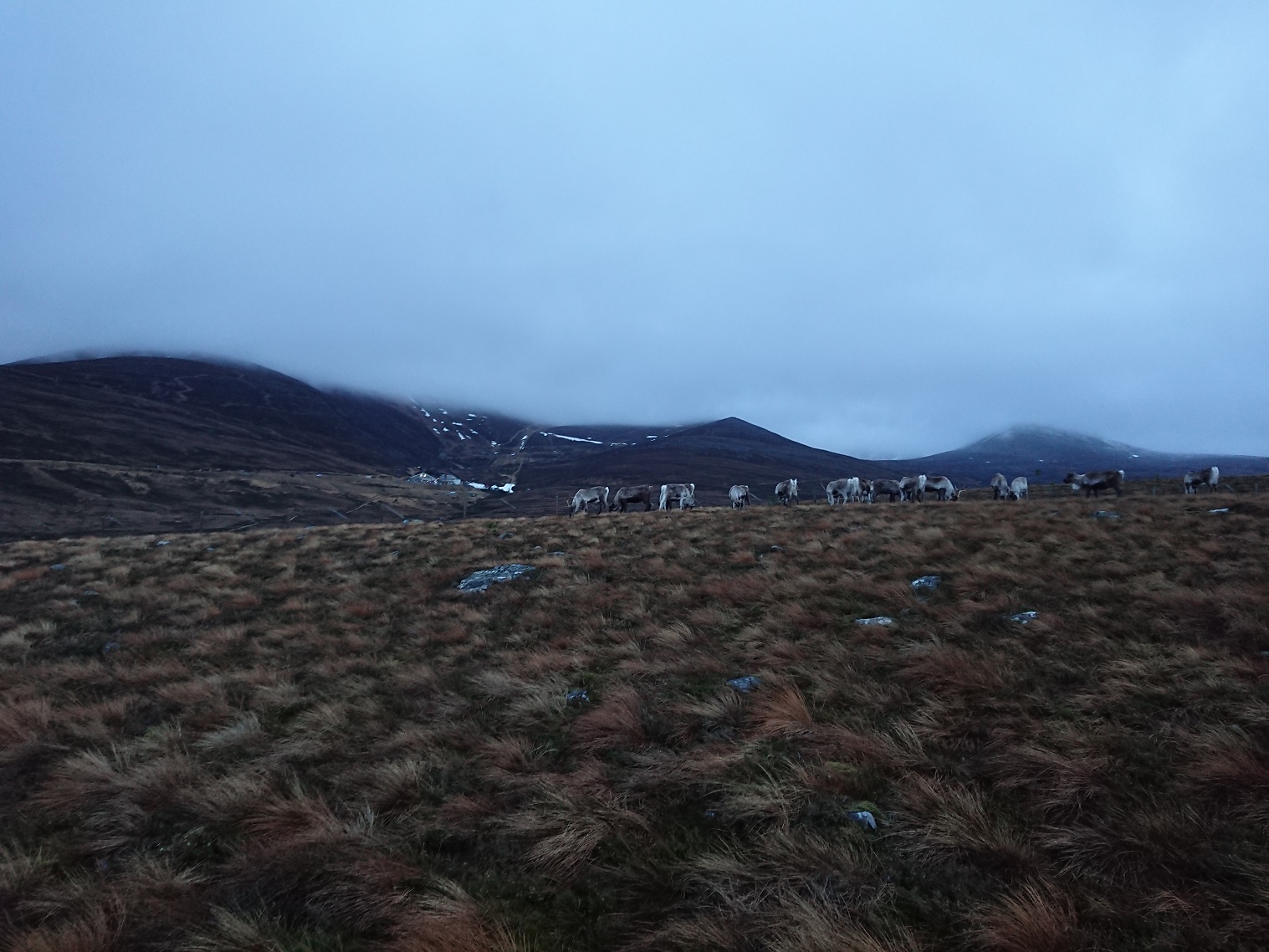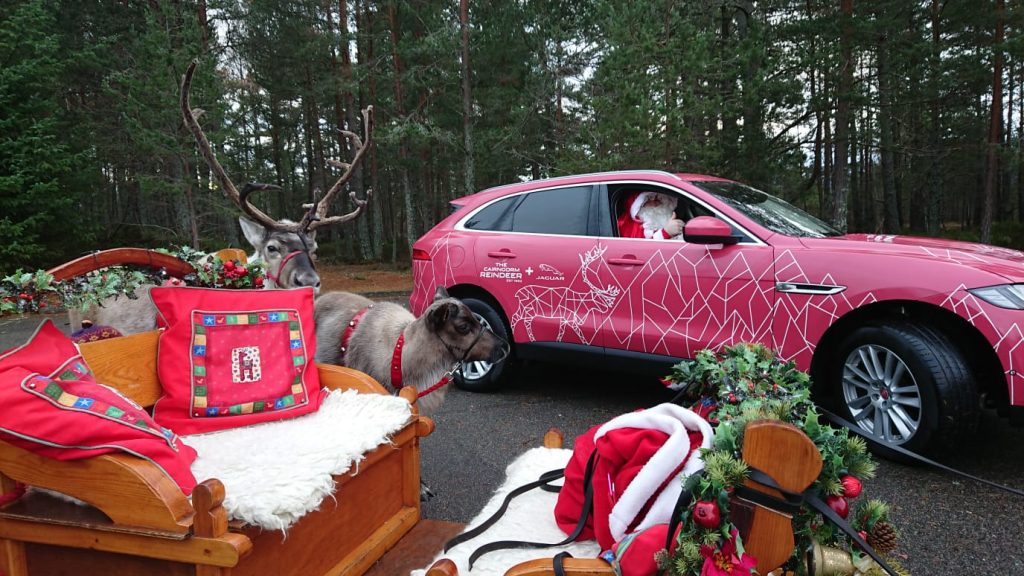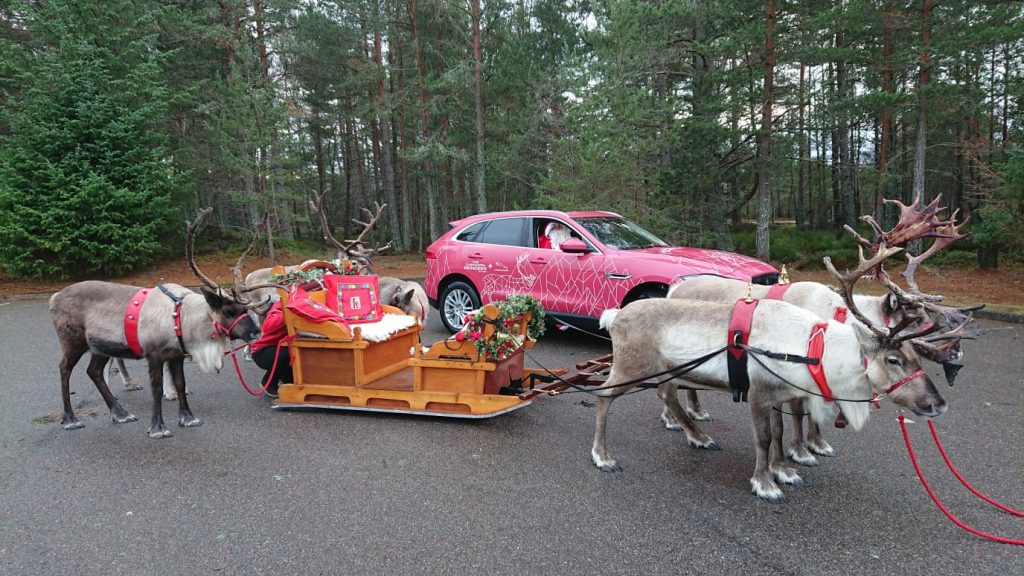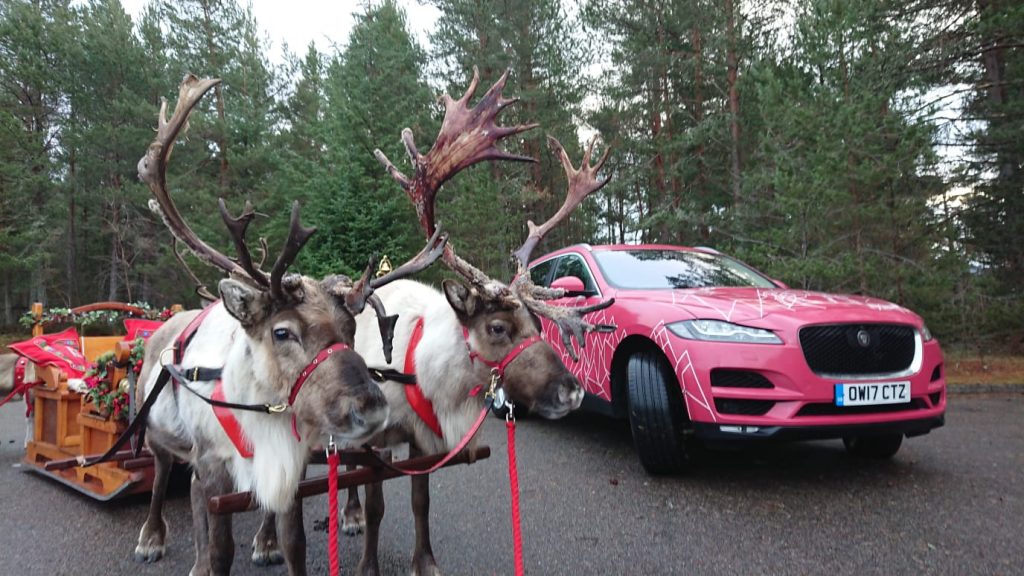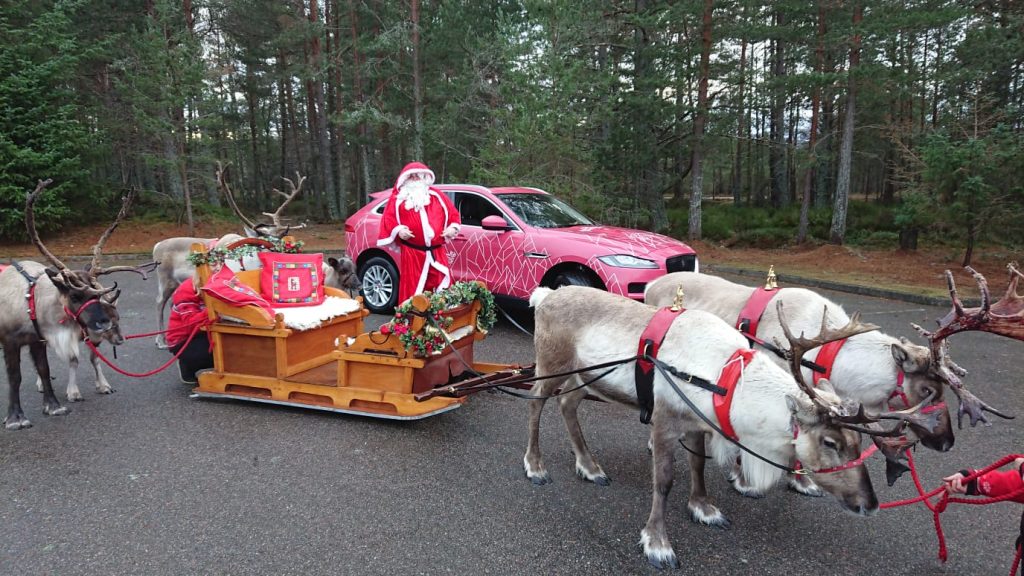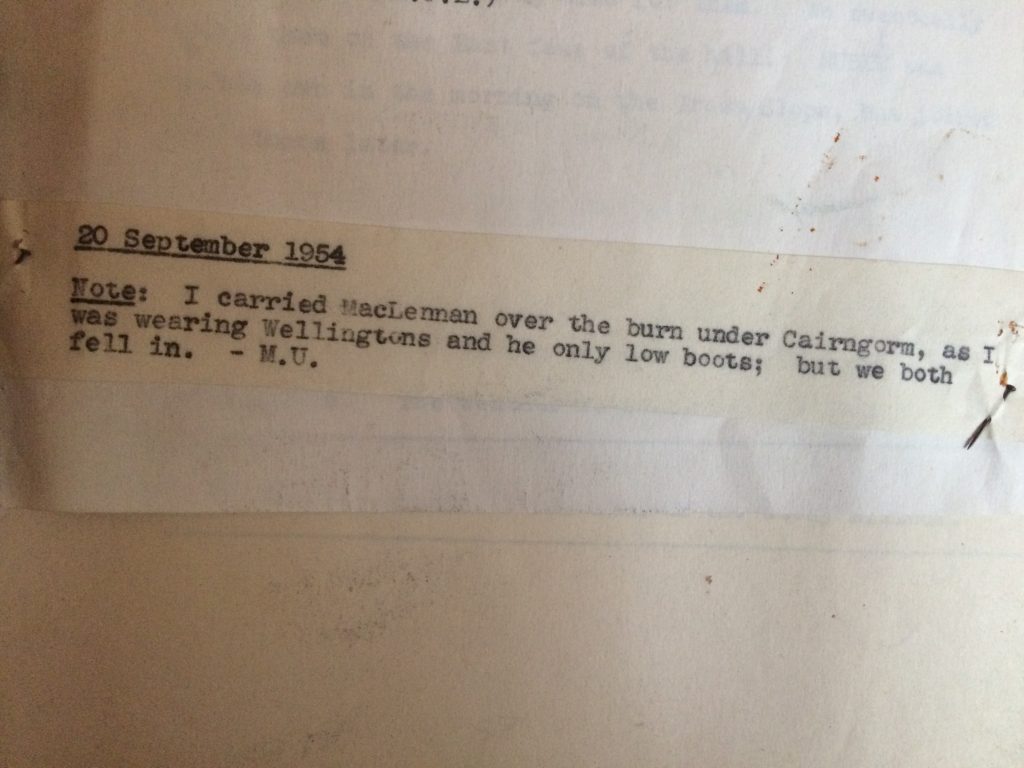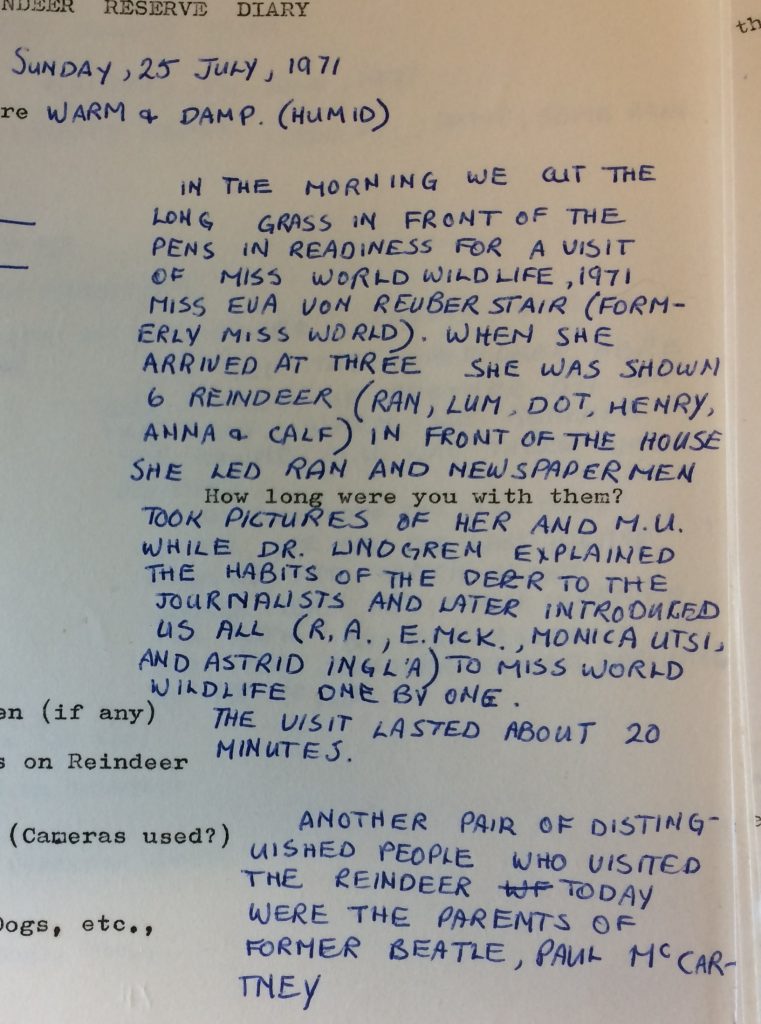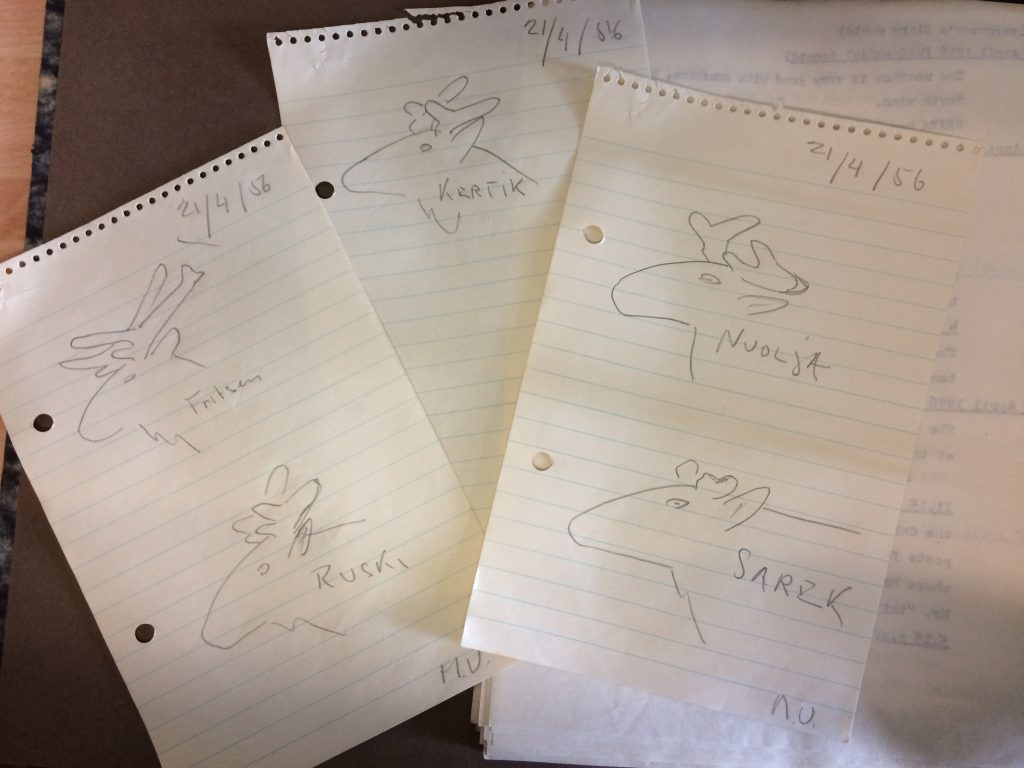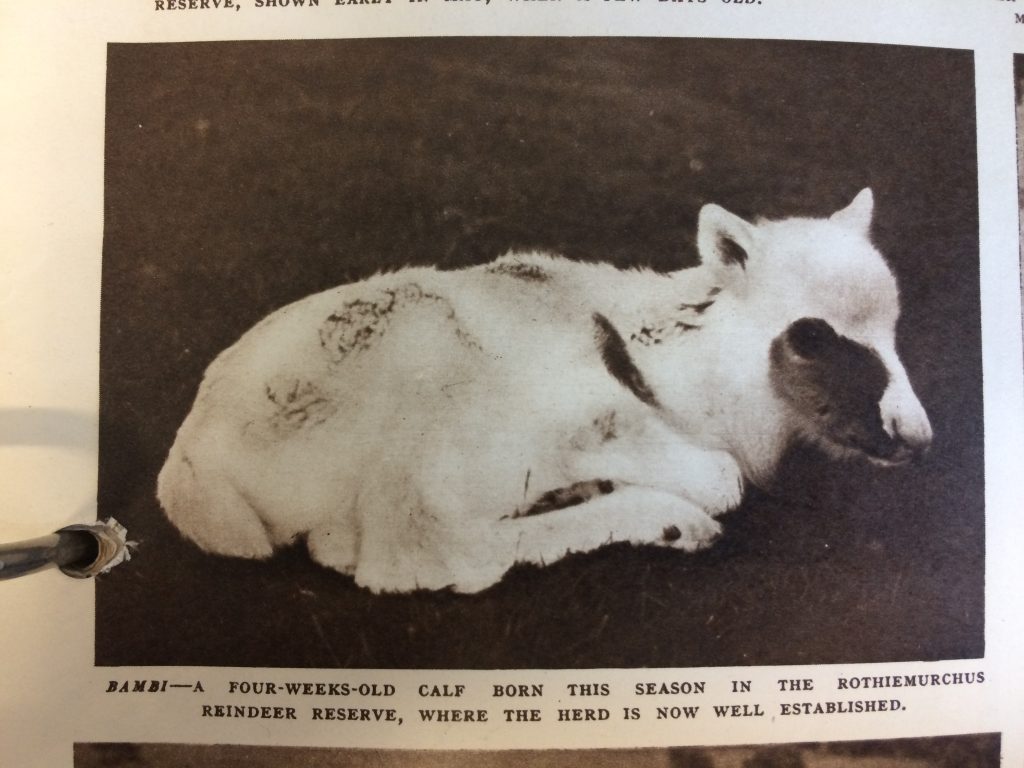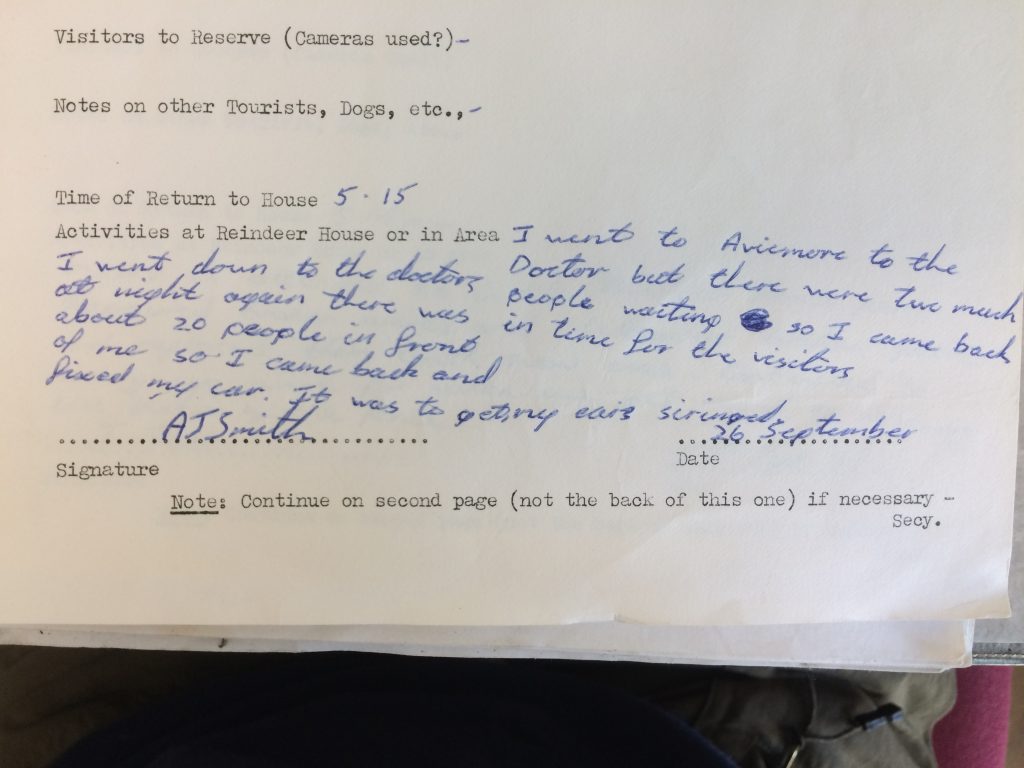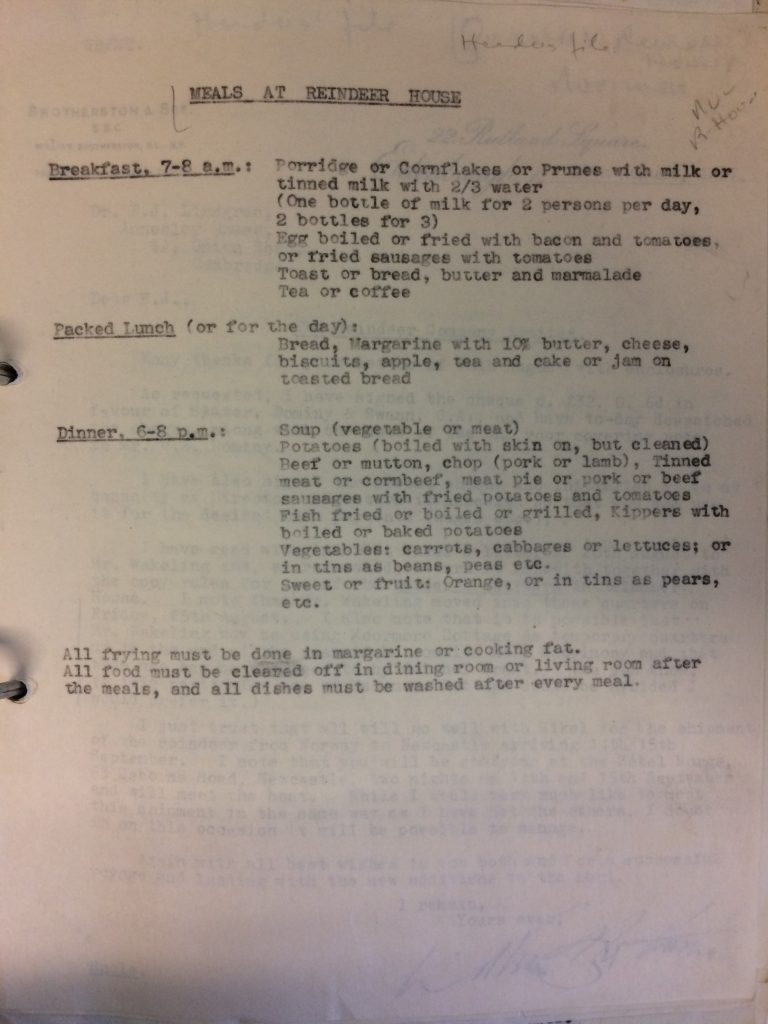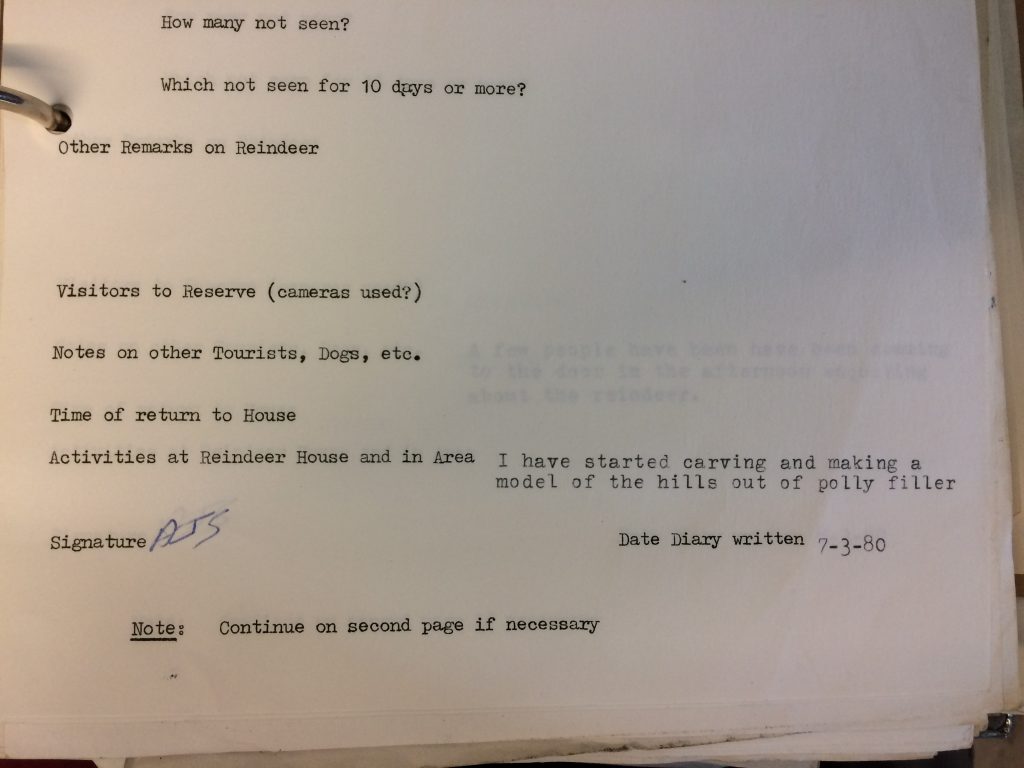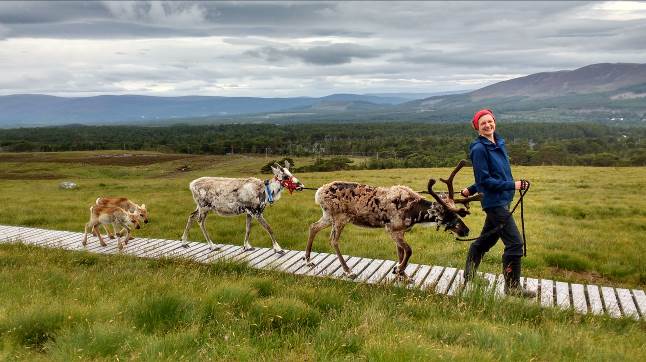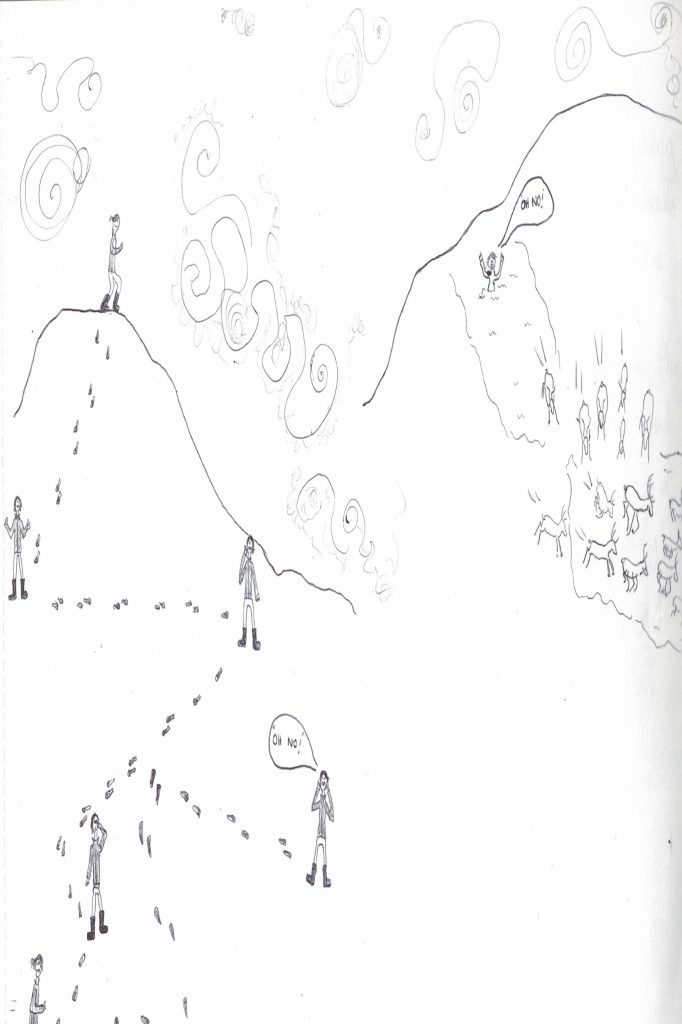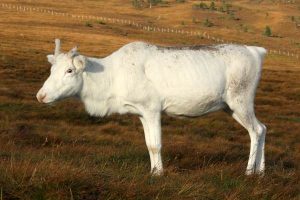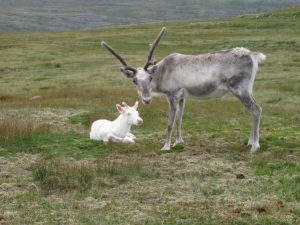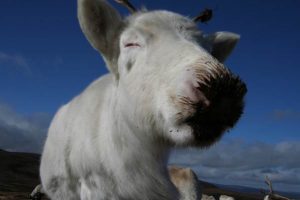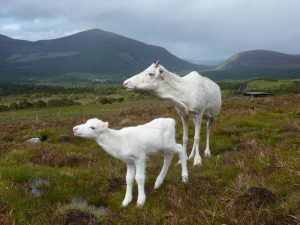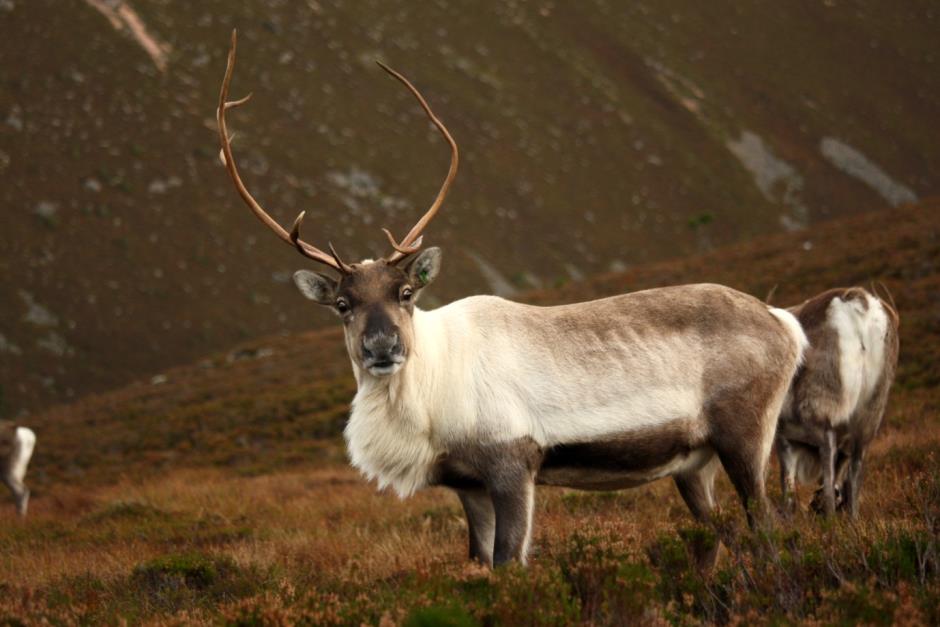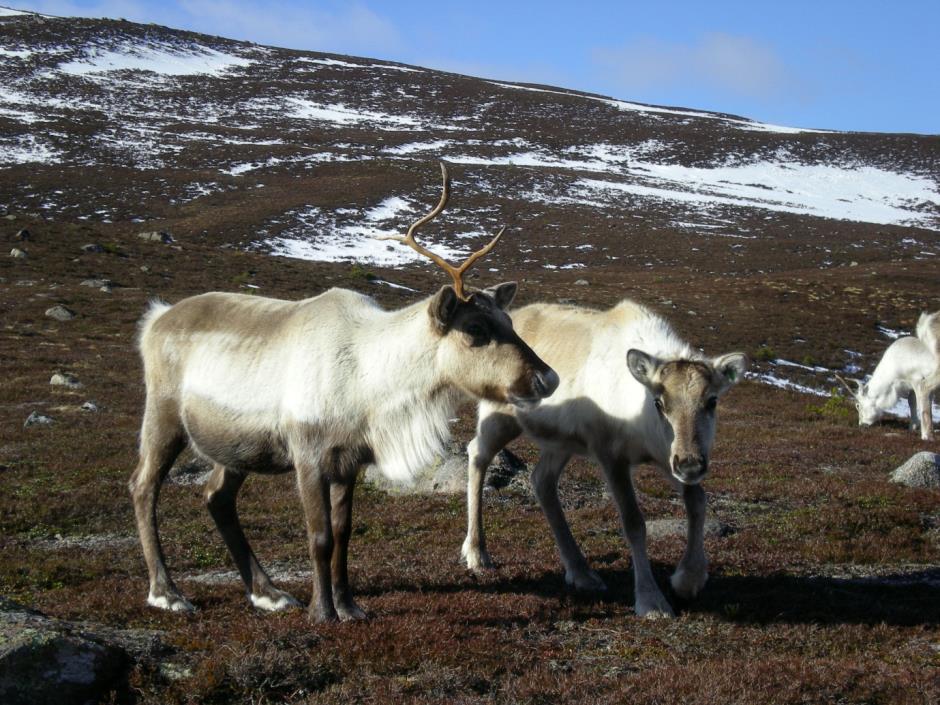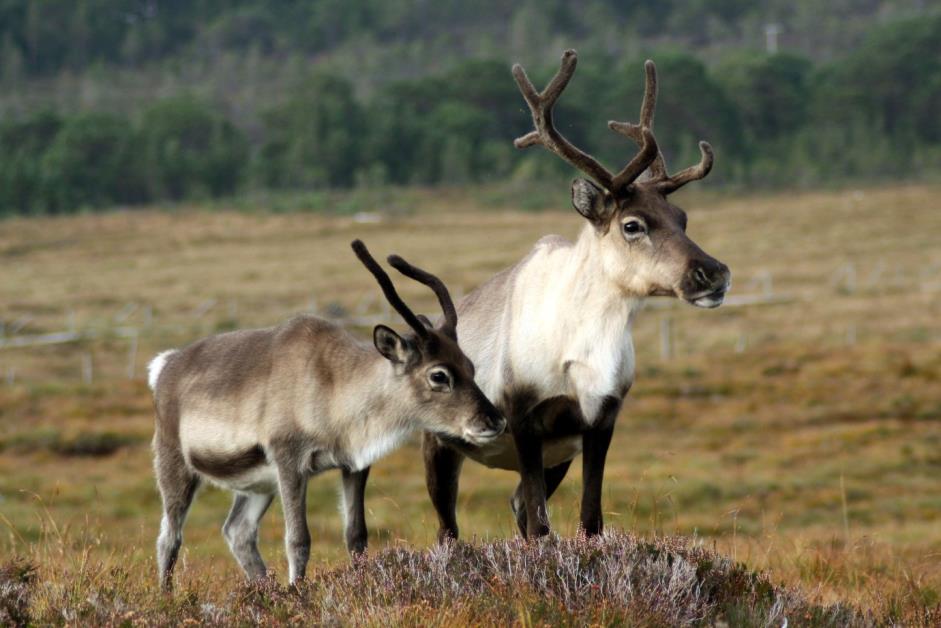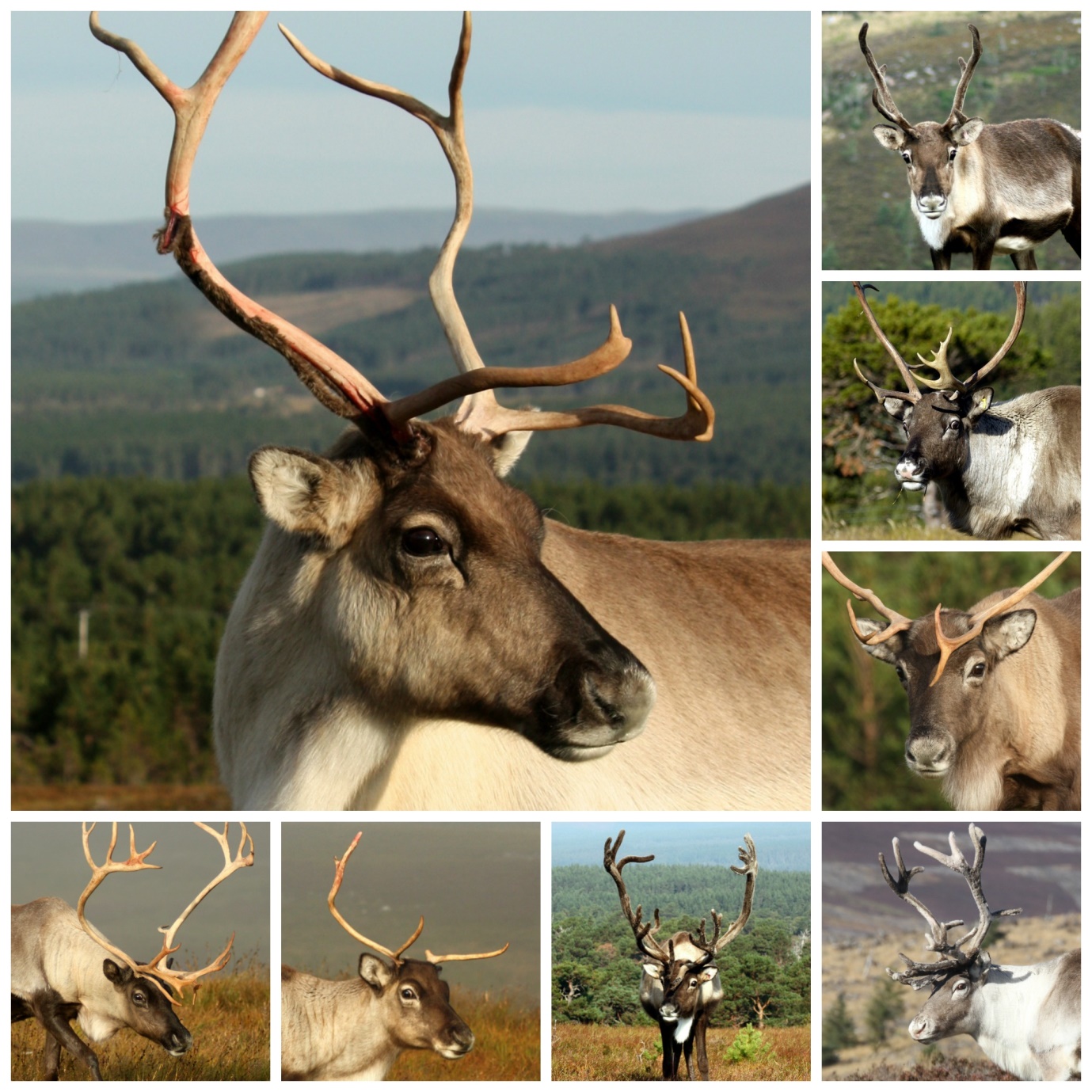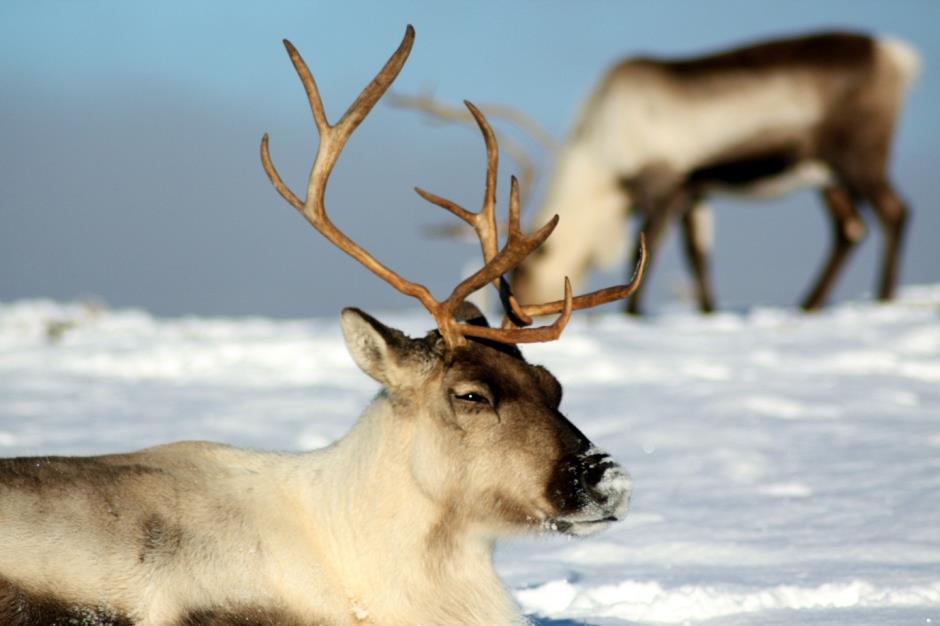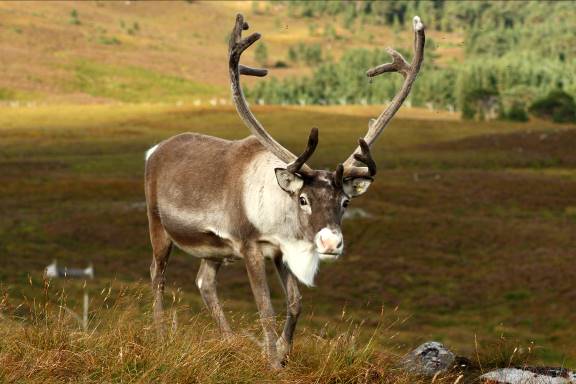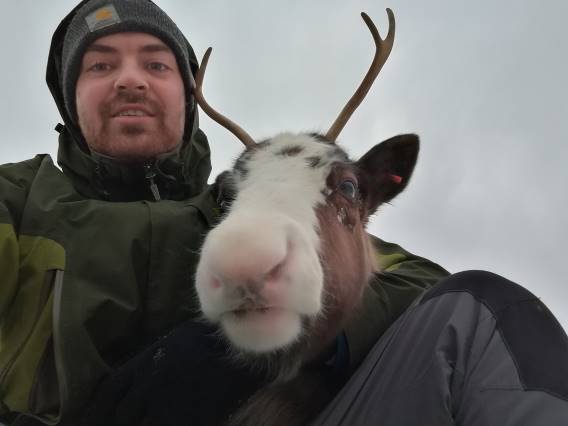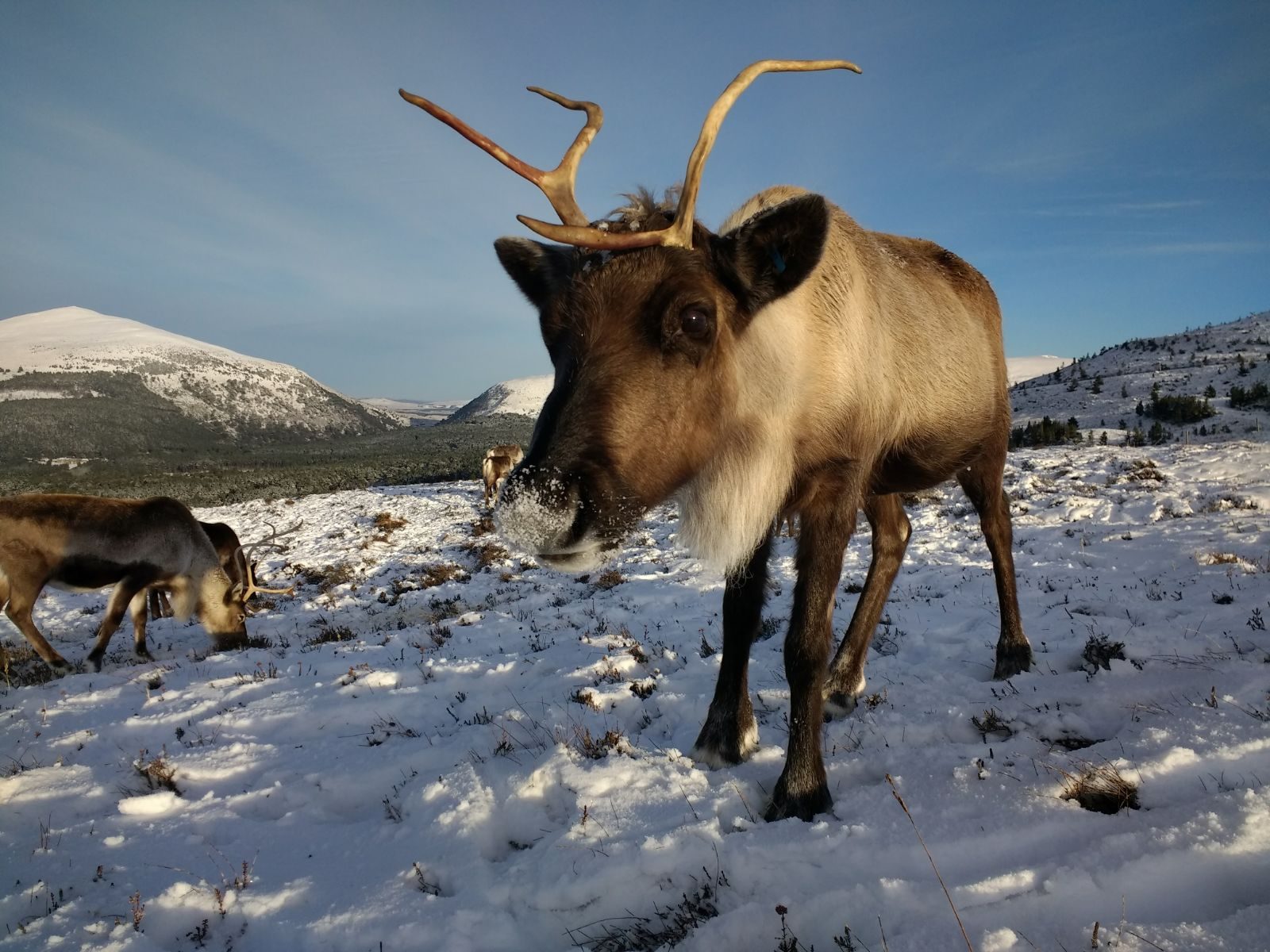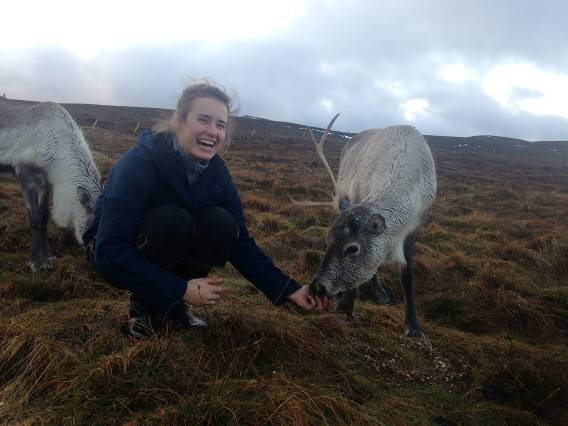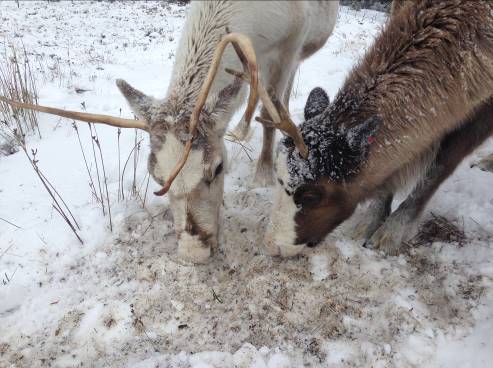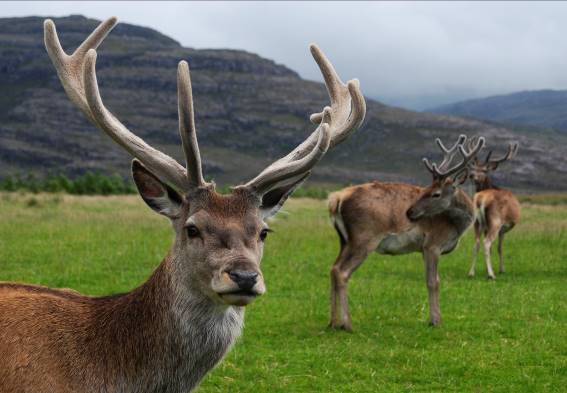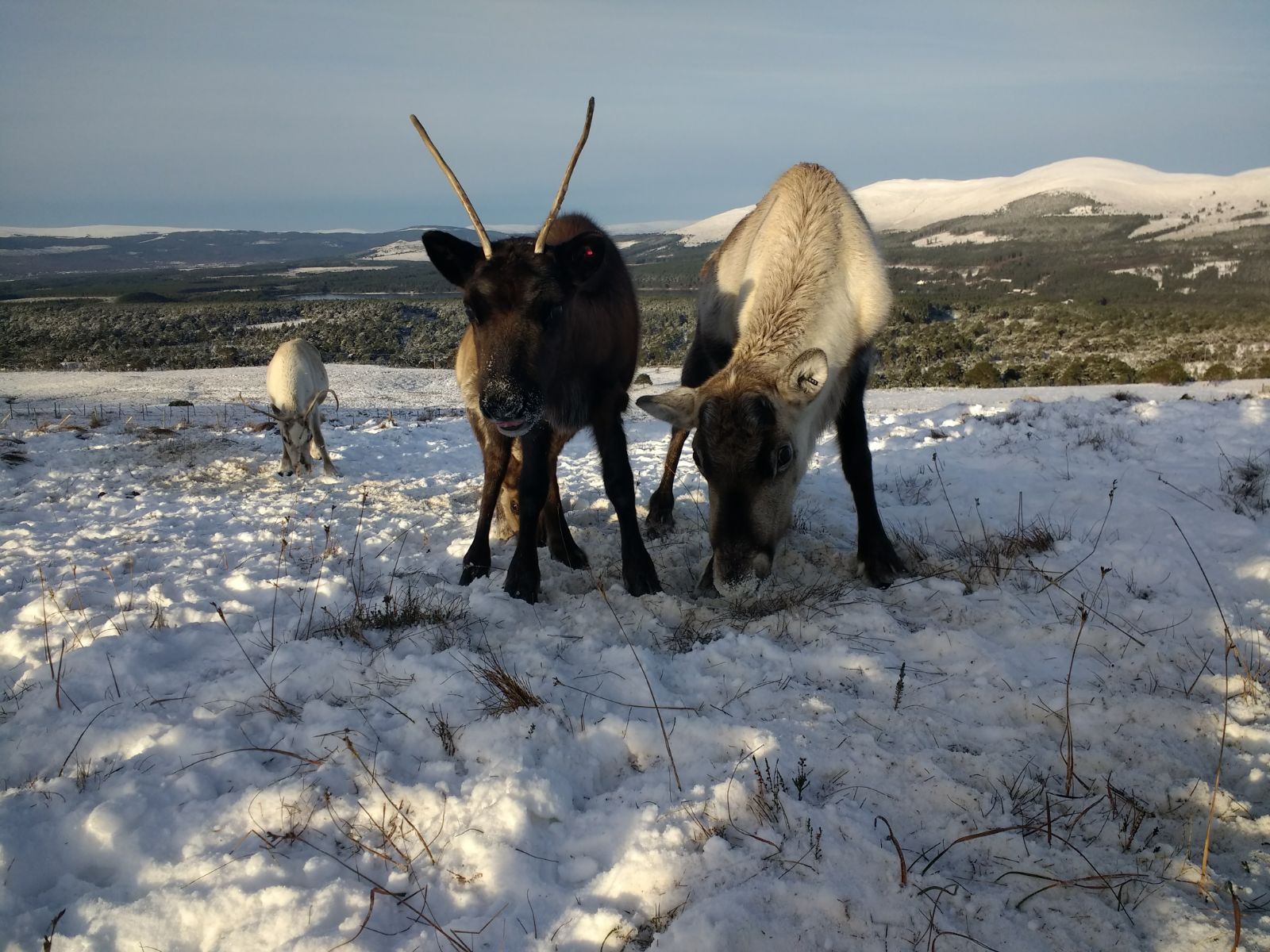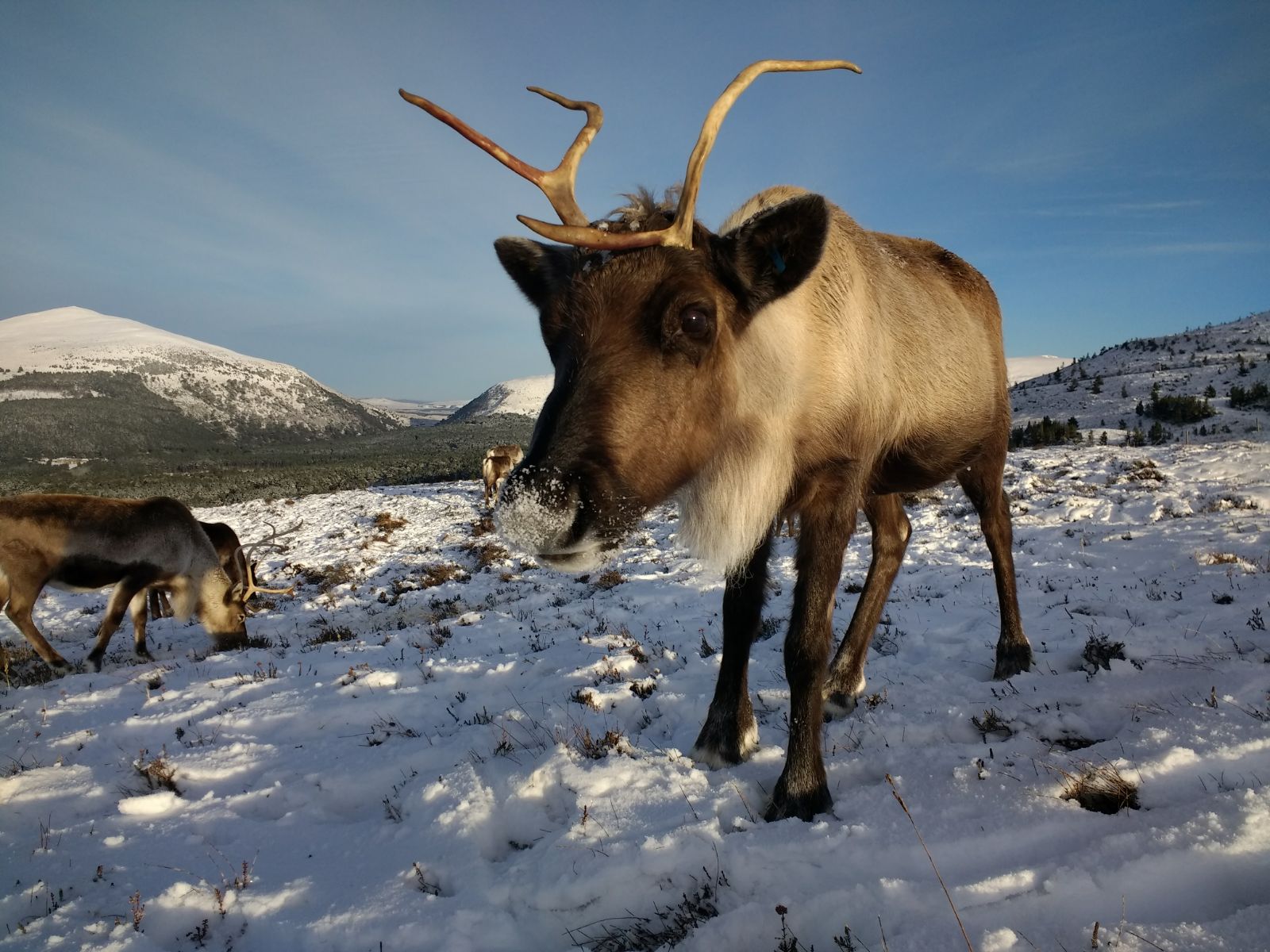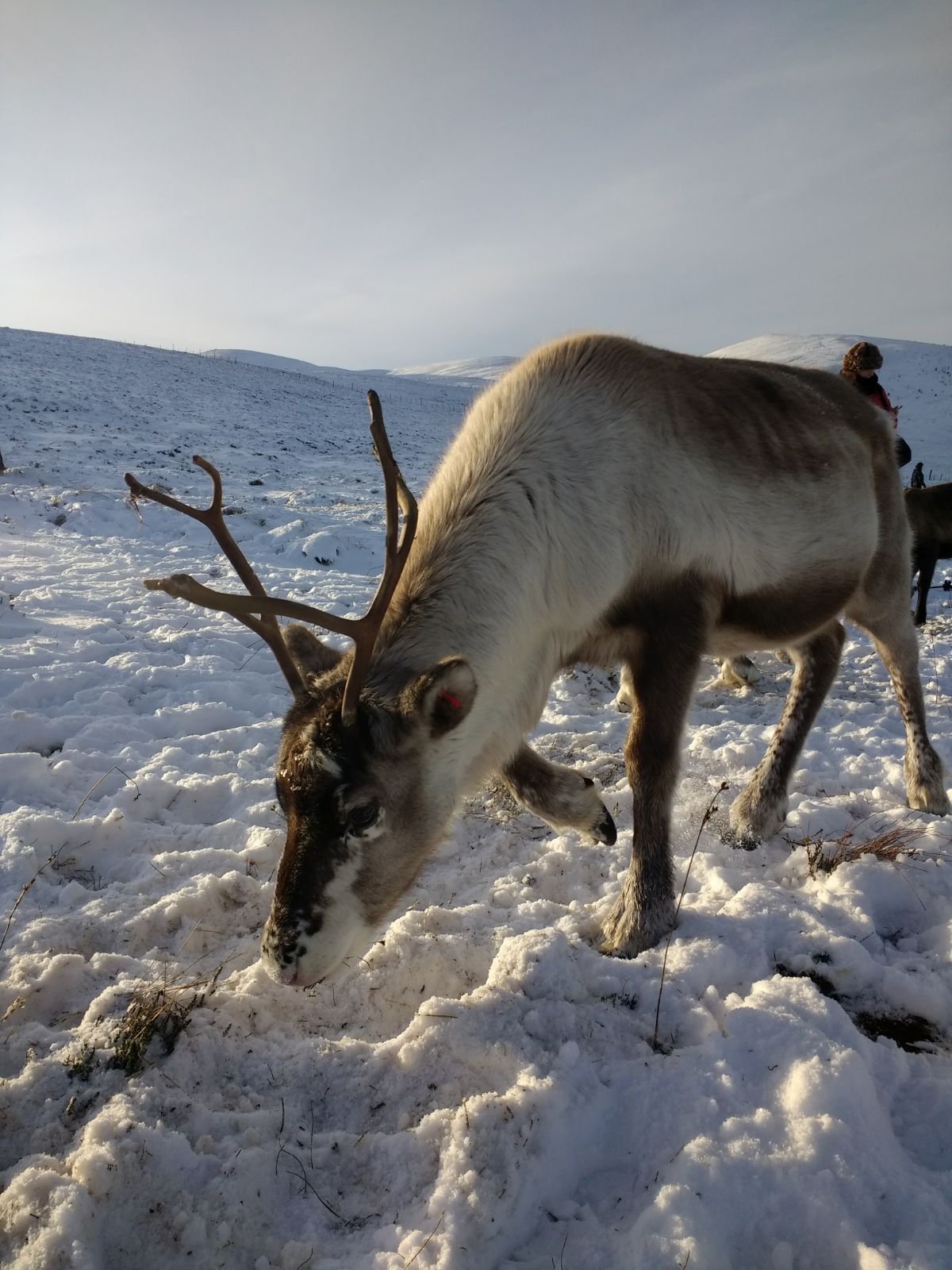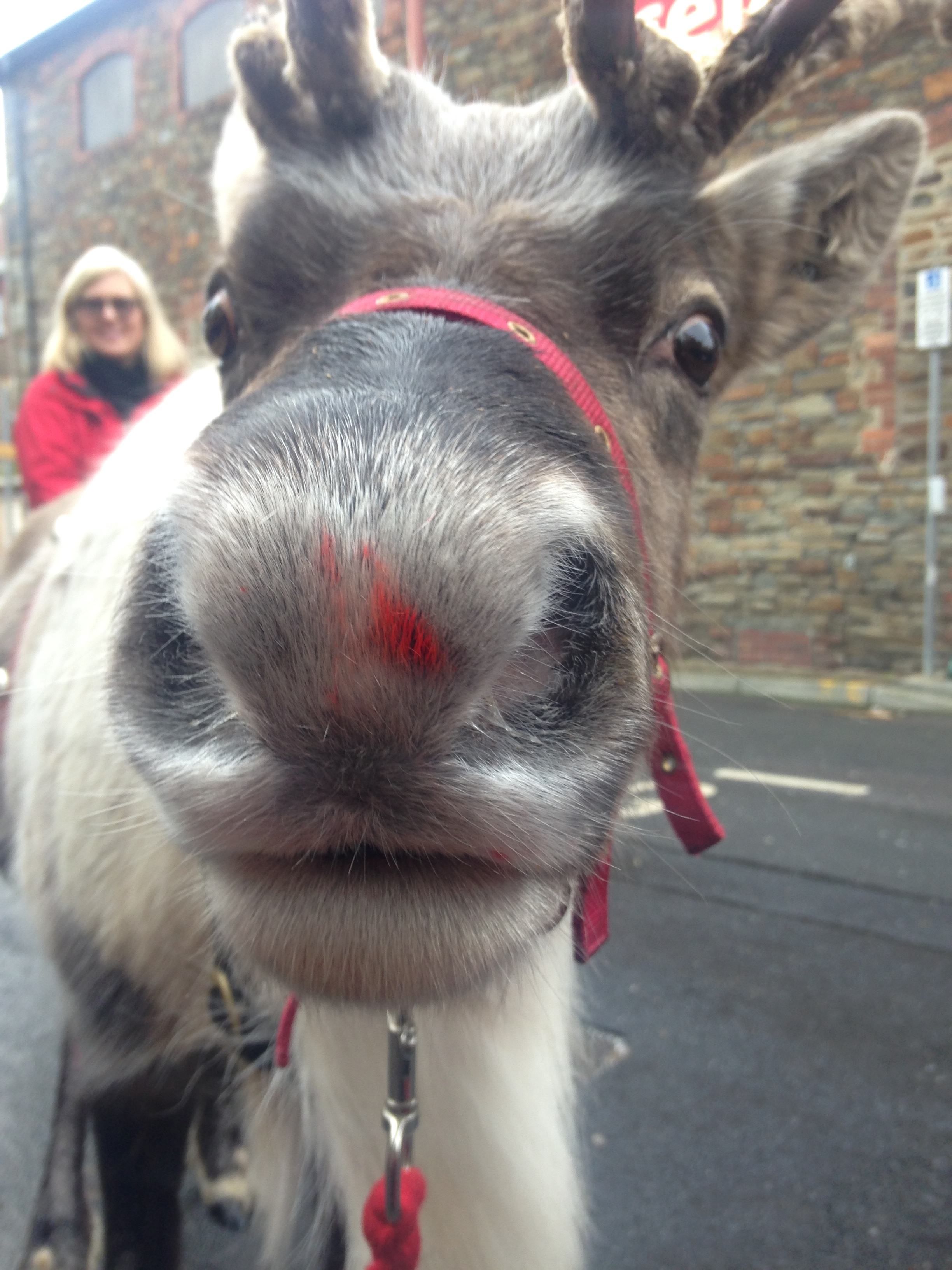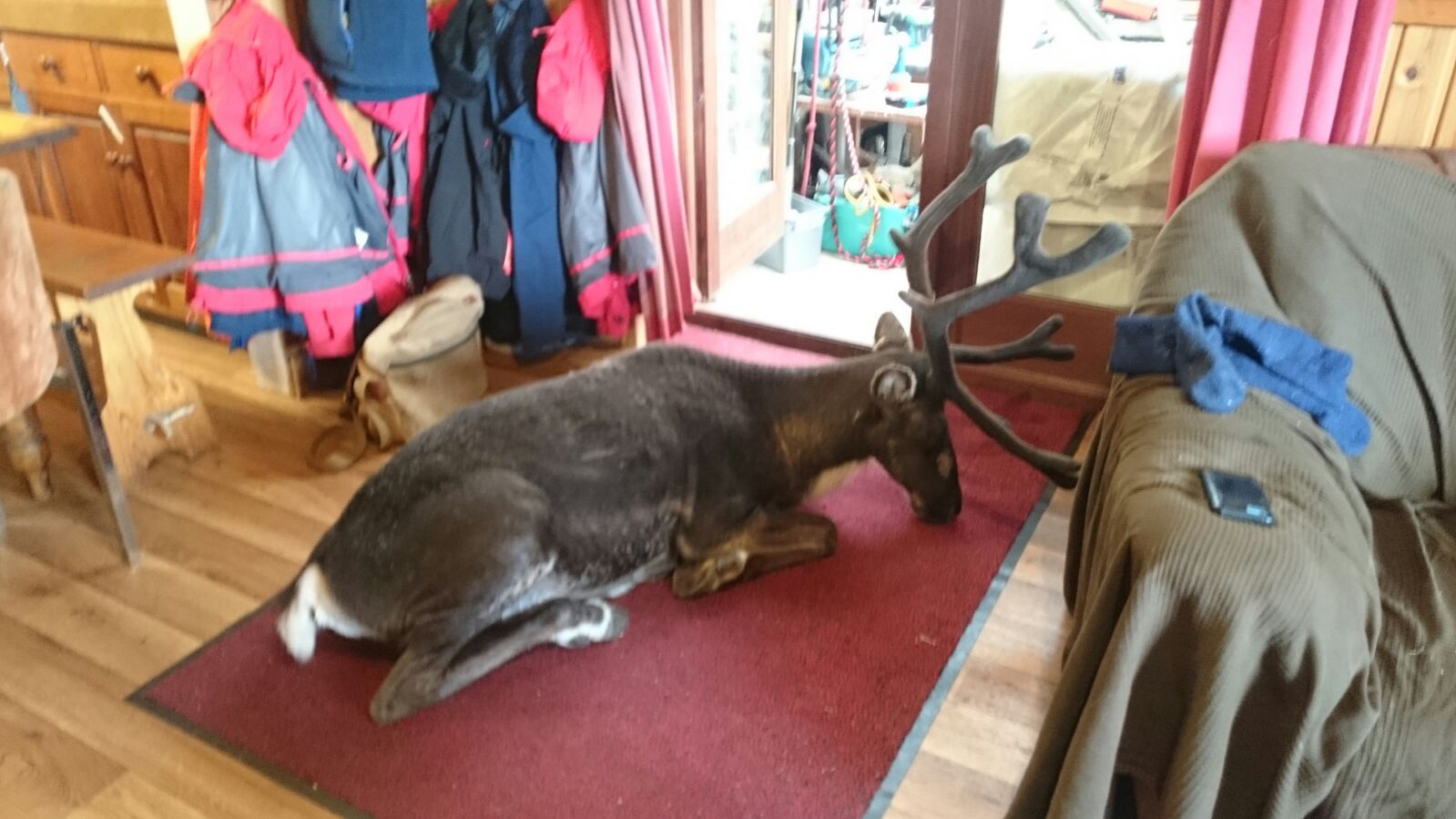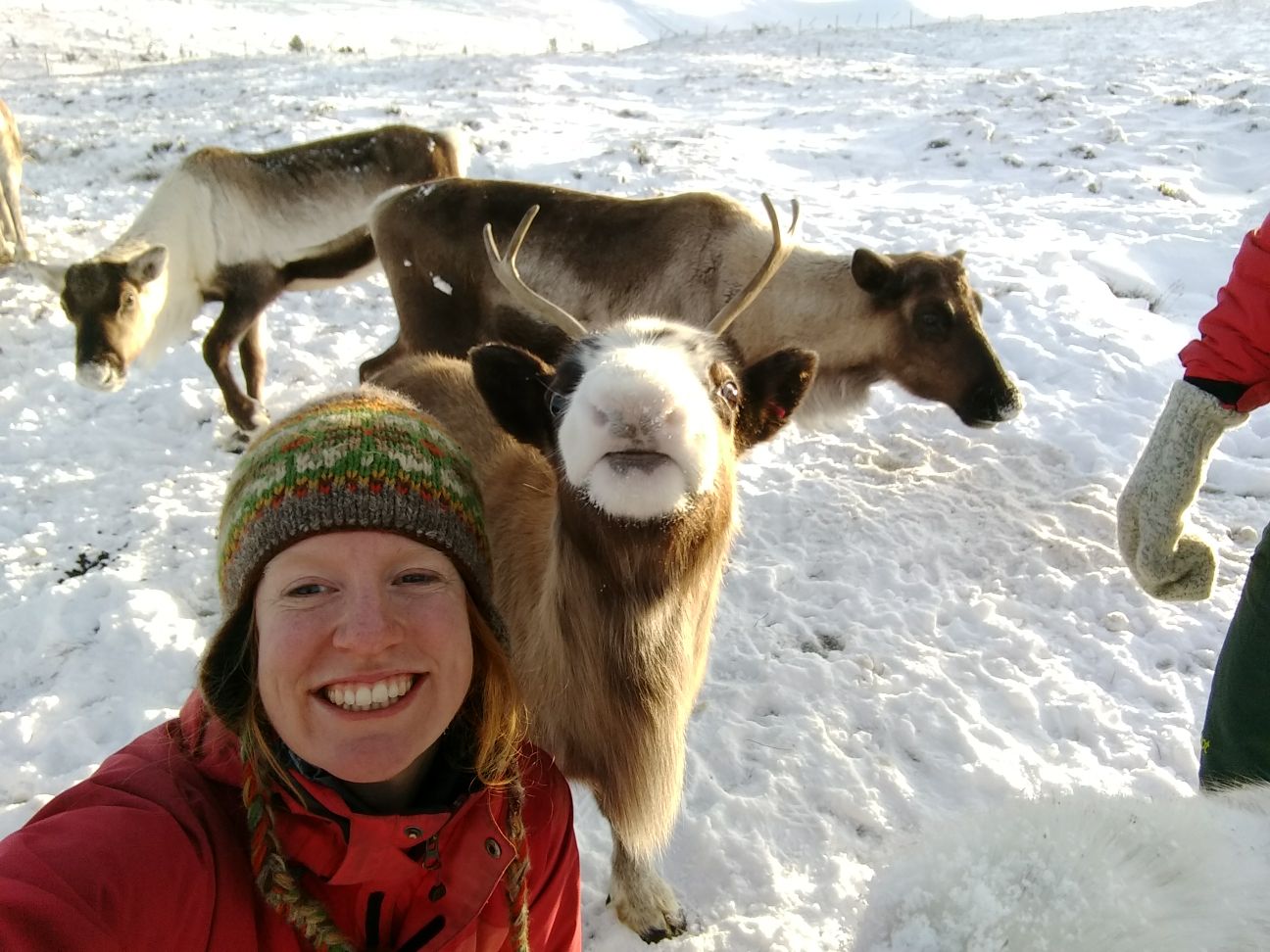‘You’re never to old to volunteer at the Reindeer Centre’ said Mel as we walked reindeer around St. Marks garden in the middle of Lincoln. We were helping out with the Christmas event.
So we offered. Two, ‘older generation’, only relatively fit people, but willing and still able to do most domestic chores we thought it was a great idea. It has turned out to be exhilarating, enjoyable and far too addictive for words, we have now been back 5 times and still loving it.
To put our past experience into context, we have adopted at least one reindeer for the last 17 years and have taken our two boys to visit the Cairngorm Reindeer Herd since 1989. I started life as an adopter by being adopted by Indigo during one particular hill visit! A calm and lovable character who always had her nose in my pocket even when all feed had disappeared from my hands. I fell in love with her at first sight in 2002. After she died I adopted Cheer. A very quiet and shy reindeer, not an enthusiastic hand feeder like Indigo but easy to spot, which for me is a distinct advantage! For the past 3 years I have adopted Bumble, as far as I’m concerned one of the best reindeer in today’s herd. Colin adopts Olympic, a truly majestic animal who really adopted Colin at a Christmas event we were helping at in 2017 again in Lincoln.
Therefore we were not unfamiliar with the principles of the reindeer centre or being around the reindeer on the hill. We were both very experienced mountaineers and have extensive walking experience in the Cairngorm Mountains. An amazing place when treated with respect, so daily visits to the hill did not come with any apprehension.
We rent accommodation in Aviemore for between one and three weeks at a time to make the experience a working as well as a relaxing one, after all we need rest days at our age?
The welcome at Reindeer House is always so wonderful and after a few hours we feel as though we have never been away. There are always plenty of jobs to do but our favourite is still the 11oclock hill visit come rain, shine but preferably deep snow for me.
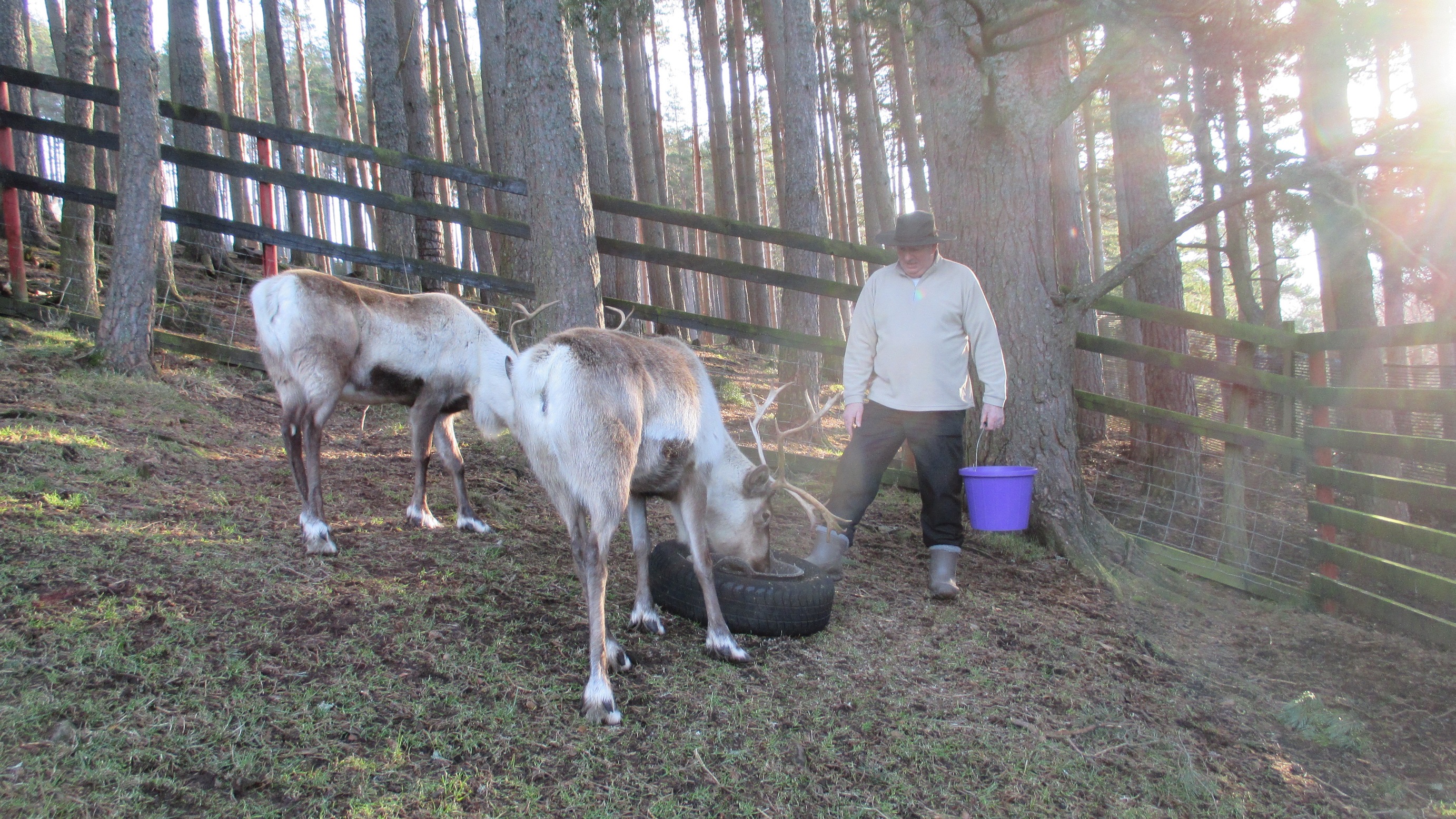
Each member of staff have their jobs to do and we fit in comfortably. I usually help in the shop from 10oclock with tickets for the hill visit, fetching wellie boots for lending out, usually collecting the size asked for, then the next size up or down until a comfortable agreement is reached. We usually have a variety of socks available for those who need them because wellie boots can be very cold particularly in the snow. However, for some reason visitors always return the wellie boots but not the socks, even though we wash them before re-use. My solution to this problem recently has been a request in our local church’s Pews News asking for unwanted socks and in only four weeks accumulated 230 pairs of socks plus hats and scarves! That should keep Reindeer House well stocked for a while yet.
Each day one of the regular herders lead the daily hill trip and Colin and I usually bring up the rear, making sure everyone is making steady progress and closing gates behind the group. It always amazes me how determined some people are to get the opportunity to hand feed the reindeer. Colin and I helped a lady who had recently had knee replacements and was walking with two sticks but she made it up onto the mountain and back in snow and ice such was her determination to succeed and like us she was of the more mature generation.
Colin and I usually give out the hand feed after the herders have put out the main feed and counted and checked the reindeer. The visitors hold out their cupped hands as dutifully instructed and before long the same pairs of hands are reappearing! Our challenge is to make sure everyone who wants to has had at least one chance to feed a reindeer, which is why most people come of course. And really, who couldn’t resist the appealing eyes of Saxon? Just 8 months old.


Eventually, reindeer well fed and visitors happy the party begins to disperse as visitors head back independently to the car park. Feed bags collected and stuffed into rucksacks we make sure we are last off the hill and the reindeer are settled. We head for Reindeer House and a well deserved lunch.
The afternoon jobs usually start off with me clearing the paddocks and overnight woodland area of reindeer droppings ready to be transported to the farm for composting. I often help out in the shop, restocking the shelves or dealing with visitors to the paddocks. Colin usually washes the lunch pots then the wellie boots or you may find him wandering around the paddocks chatting with visitors. December volunteering is the busiest when at the weekends I do crafts with the children in the BBQ hut and Colin keeps the paddocks clean and Santa occupied with excited children.
After filling the troughs with feed in the woods and calling the reindeer through, we help tidy and lock up ready for another adventure tomorrow.
Sharon



